President Raynard Kington spoke to the Grinnell City Council last Monday, Nov. 10, about the relationship between the City of Grinnell and Grinnell College. It was an opportunity to acknowledge the problems that plague both sides of the relationship—issues of misperception, resentment and safety. Many college students have a dismissive view of the town, as evidenced by the “Where the hell is Grinnell, who the hell cares” t-shirts that reflect the mindset that the only thing worthwhile in Grinnell is the College. On the other side, many people from the town refer to the College as “the Borg,” the powerful and dangerous race of aliens who assimilate others into the “hive mind” in Star Trek. And given the way the administration has acted, this is not an inaccurate comparison. Clearly, there is work to be done to make this a “deep and profound relationship,” to use President Kington’s words.
President Kington’s main point last Monday was that the primary barrier to College-town relations is the “dead-zone” between campus and downtown. He referred to the College’s recent purchase of the vacant lot between Broad and Main streets where the skeleton of Pizza Hut sits as a potential “zone of confluence” that can be transformed into a common area for the College and the town. The administration plans to create a building there—they don’t even know what it will be used for, but our President assured the City Council that it will be “vibrant.” The administration hopes that this is a mutually beneficial project, and maybe it is. Yet reducing the conversation about the college-town relationship to a focus on “strategic purchases” glosses over and buries any reference to the disparity between Grinnell’s endowment and the socio-economic status of many of its students and the financial means of the town and many of the townspeople. Assuming that townspeople will support the College purchasing more property in Grinnell is another example of the administration’s presumptuousness and the “we know best” mentality that undoubtedly is a large part of any resentment directed towards the College.
Instead of simply buying more property, the College should examine its commitments to existing, successful and popular programs in the town as a demonstration of its commitment to fostering a strong relationship. Consider the Community Meal, a free meal served at Davis Elementary every Tuesday night. It’s run by the Social Justice Action Group (SJAG), a Grinnell student group that also sponsors the annual Coat Drive. SJAG receives no money from the College. The meal is served by volunteers who are responsible for buying, preparing and serving the food. The only time Grinnell College financially supports Community Meal is when sports teams volunteer to serve, which happens a couple times every semester. The rest of the time, the meal is funded by the City of Grinnell, religious organizations and individuals. In the past, there has not been enough money for the meal to continue. Second Mile has stepped in twice to donate considerable funds to provide food for the around 50 people that receive the meal. If the administration wants to deepen College-town relations, funding SJAG and Community Meal is a good place to start.
Poverty is a serious issue in Grinnell, and 46 percent of students at the Bailey Park Elementary school and 38 percent of students at the Grinnell-Newburg Middle School are eligible for free or reduced lunch. The Greater Poweshiek Community Foundation started the “Tiger Packs” program last year that provides nutritious food on Fridays to children who are identified as “food insecure” by their teachers and school counselors. Over 60 kids receive these packs, which are meant to make up for the fact that schools don’t serve free or reduced lunches over the weekend. Due to funding constraints, these packages are not available for high school students, but they should be. Funding them is another way that Grinnell College could improve its relationship with the town.
Grinnell College is a “Partner in Education” with Grinnell High School and the partnership is strong in some respects—college students work at the high school writing lab and have started a new coding club there. But for students without cars, especially in the winter, having to walk to the high school is a significant barrier that prevents them from tutoring. Deanna Shorb, Dean of Religious Life, says that in the past there was a shuttle that took college students on weekdays to Grinnell public schools as part of the Big Brothers, Big Sisters program. Now this shuttle only operates one day per week. Having this shuttle operate on all the weekdays requires only one part-time driver and would bring more college students into the elementary, middle and high school classrooms to tutor a variety of subjects. The Grinnell-Newburg Middle School, which did not meet expectations for math proficiency in Iowa’s 2013 State Report Card, may find more tutors helpful.
Following the Town Hall, a townsperson asked about students’ attitudes towards town, and whether we feel insecure or unsafe. Kington responded with a “no.” The unfortunate reality is that many students do feel unsafe in town. Racist, misogynist, homophobic and other violent slurs are directed towards students regularly. Students have been followed by cars. Female students walking home off-campus late at night have had individuals try to “buy” them. There are the people in a white pickup truck with a Confederate flag that has repeatedly driven through campus yelling racist epithets. The Grinnell Police Department is, in many eyes, more of a bully than an ally.
There are real reasons why Grinnell students do not feel safe in town, and there are also real reasons why townspeople express discontent towards the College. For a “deep and profound” relationship to form, individuals with these views need to be listened to—not strategically ignored for the sake of the College’s ever-present effort to re-brand. The College can act in accordance with its “social justice” mission if it stops treating the town like an untapped resource to be developed, and starts supporting programs that are already doing good in the community.
—Carl Sessions ’15
Ed. note: Carl Sessions is the Opinions Editor of The S&B.
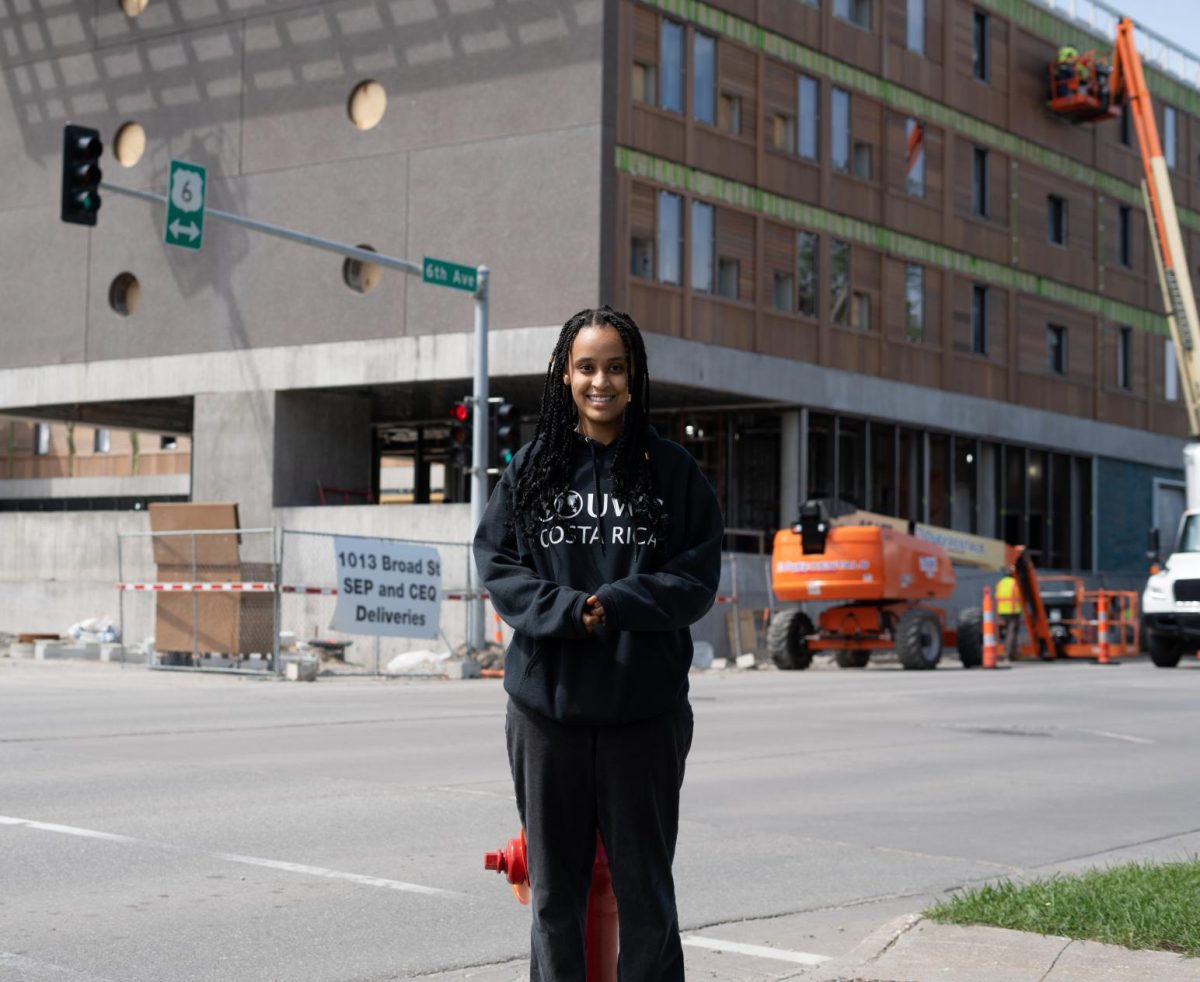

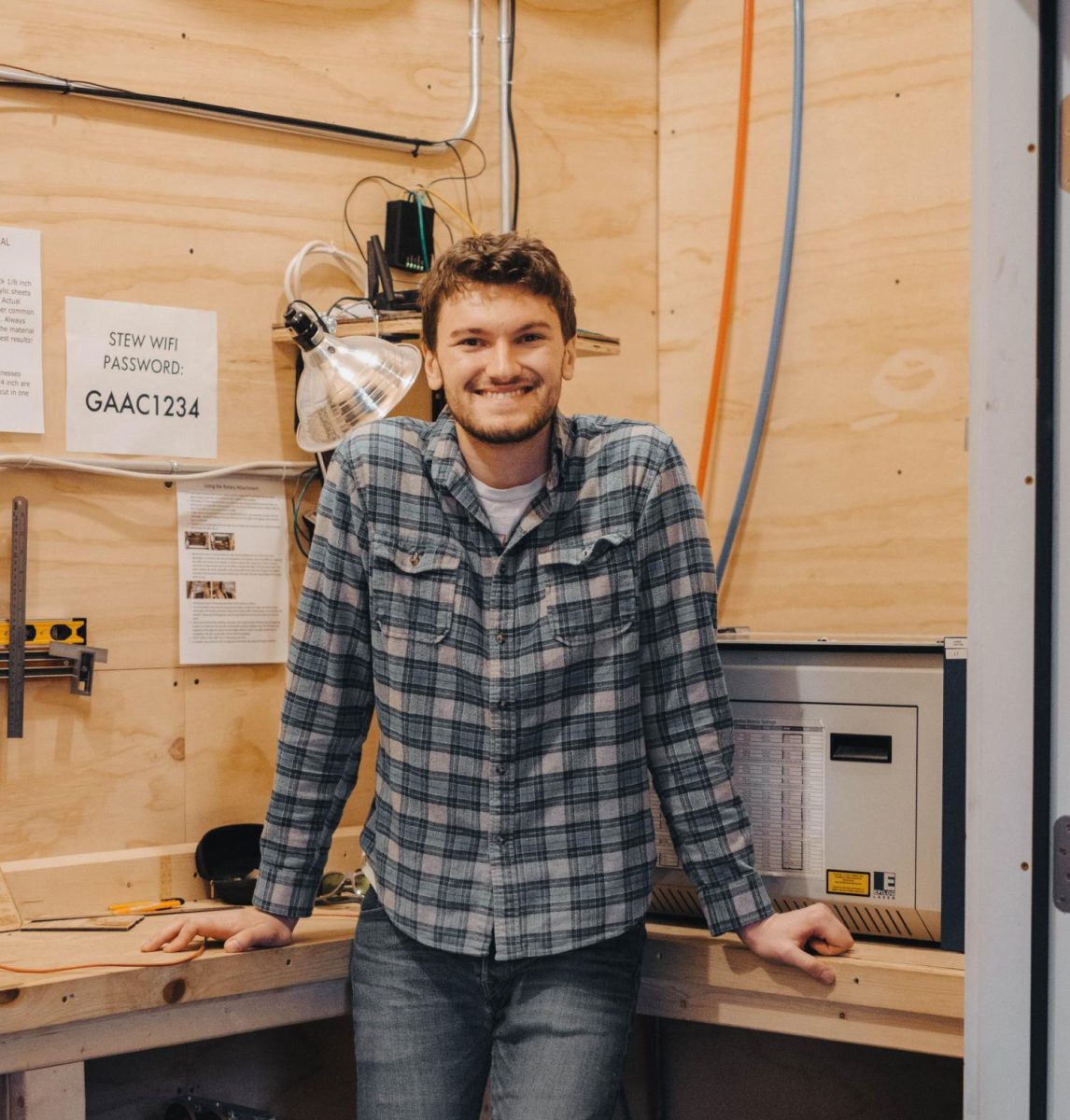

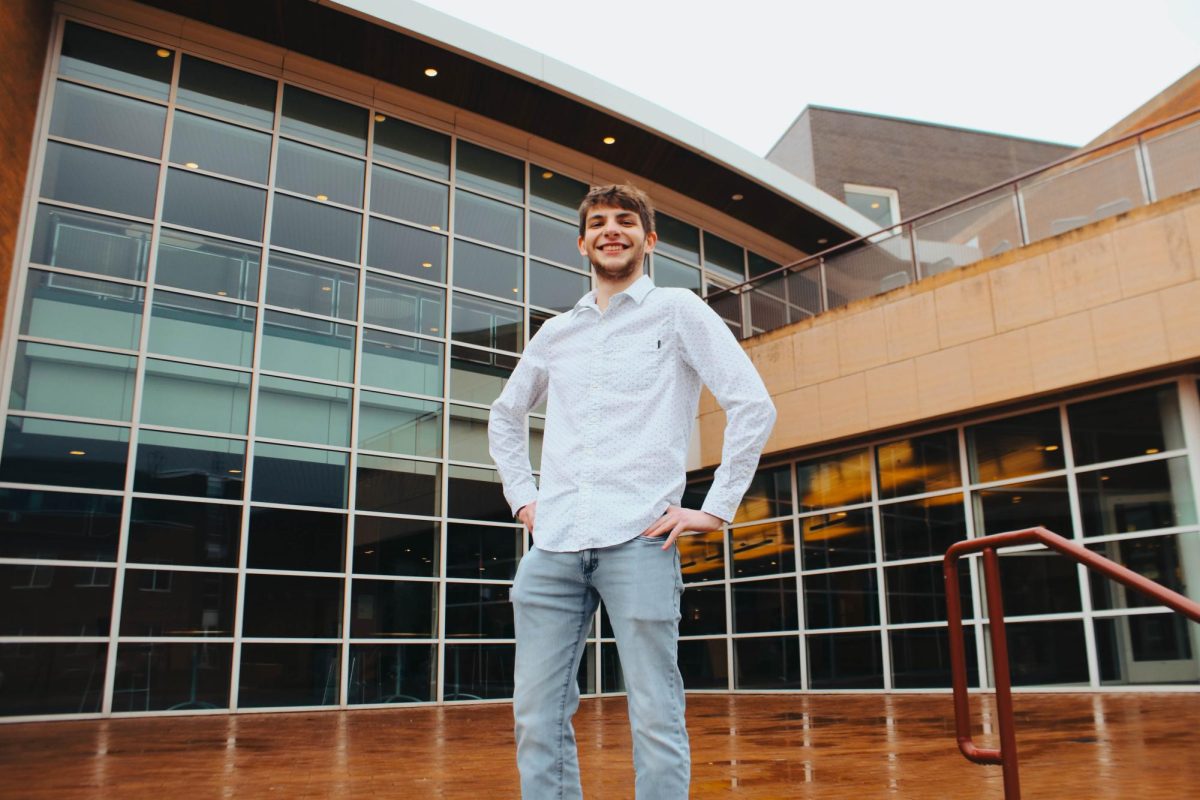

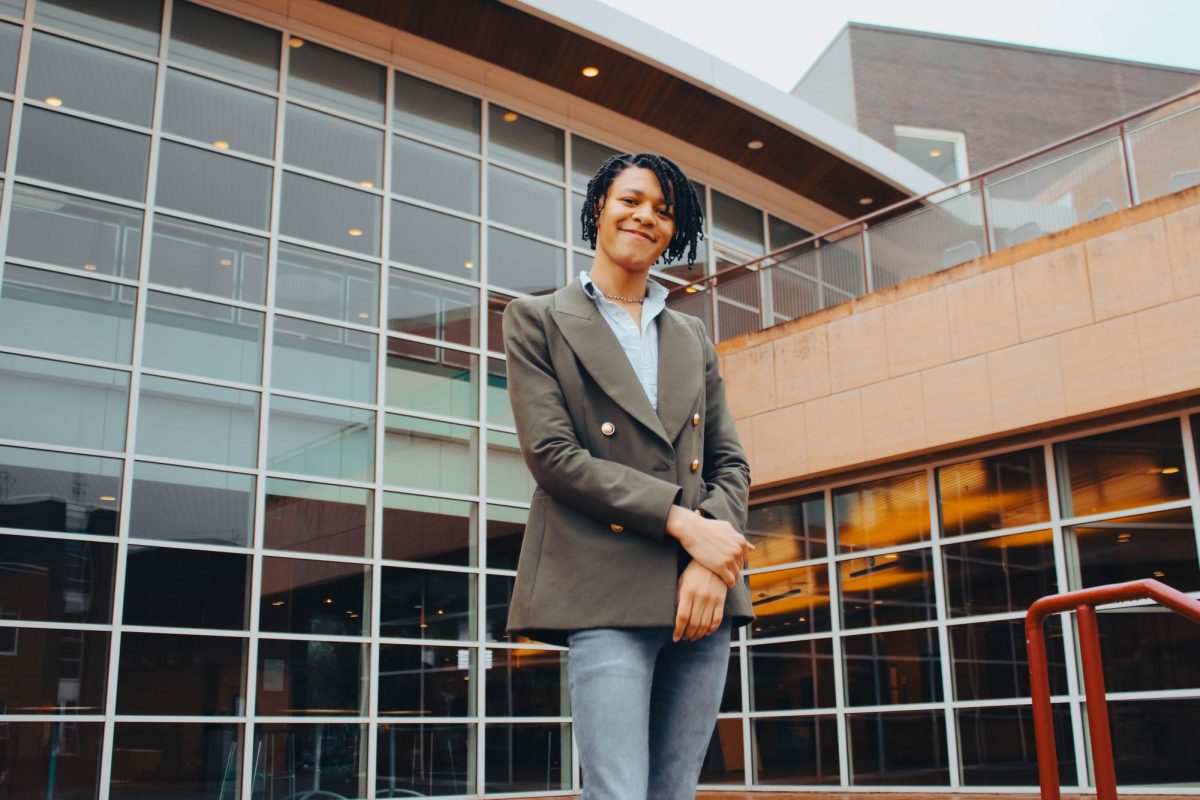
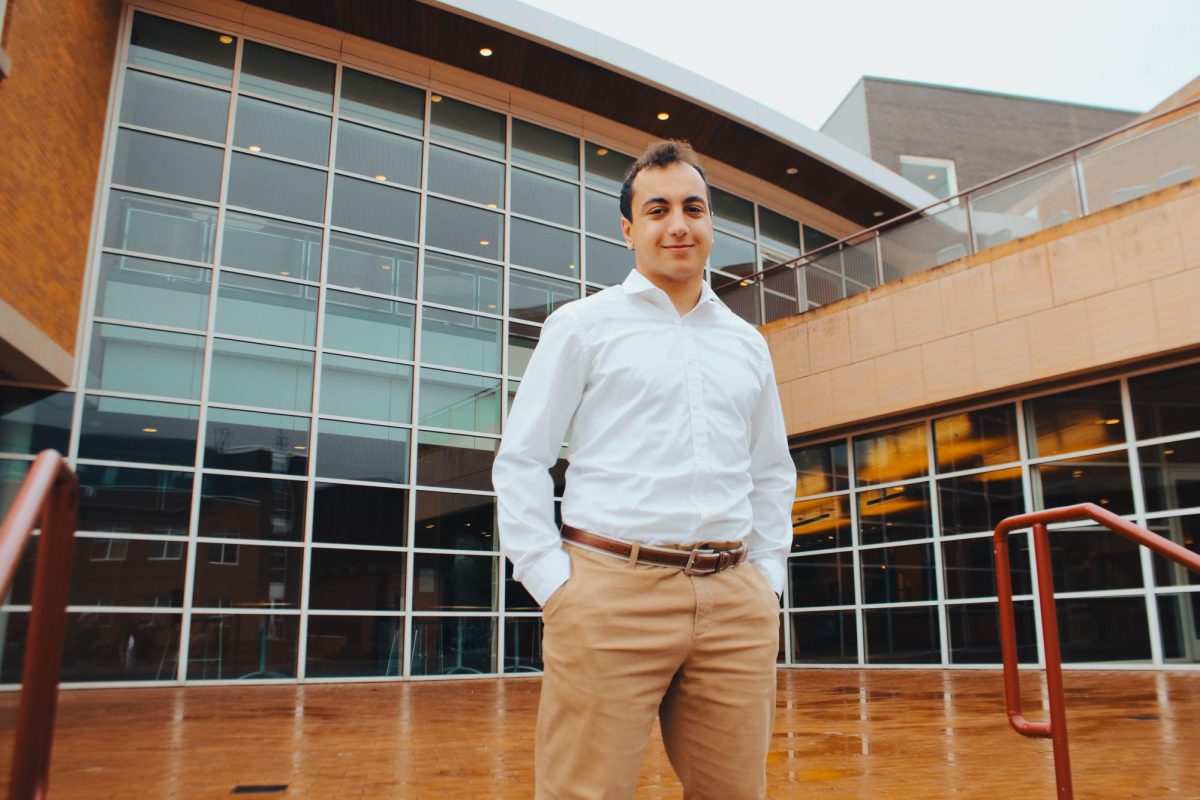
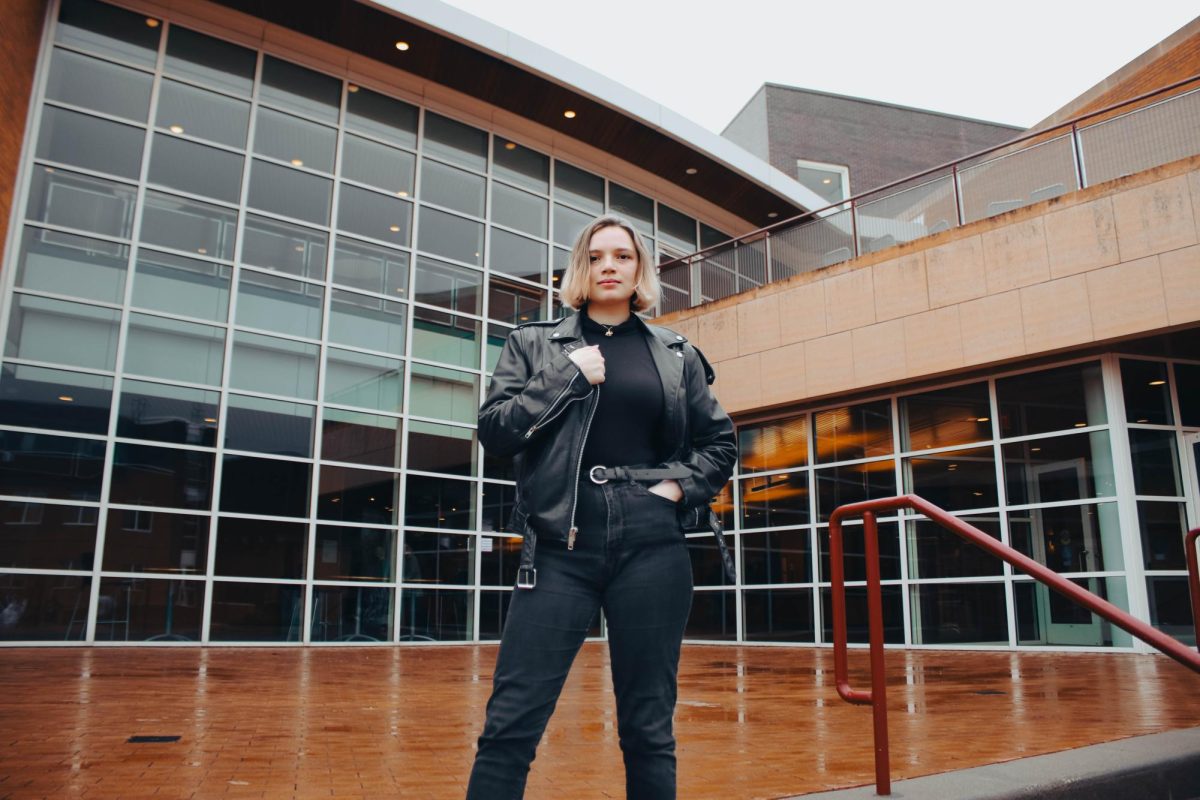
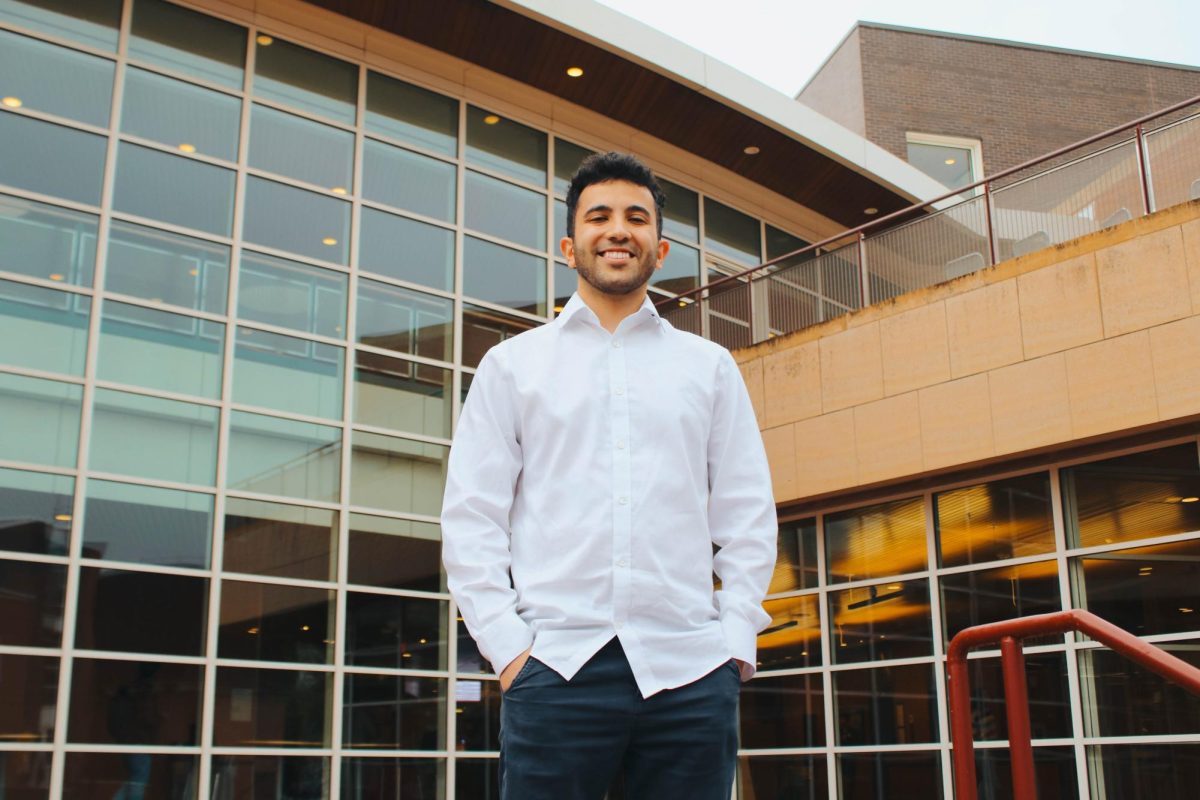




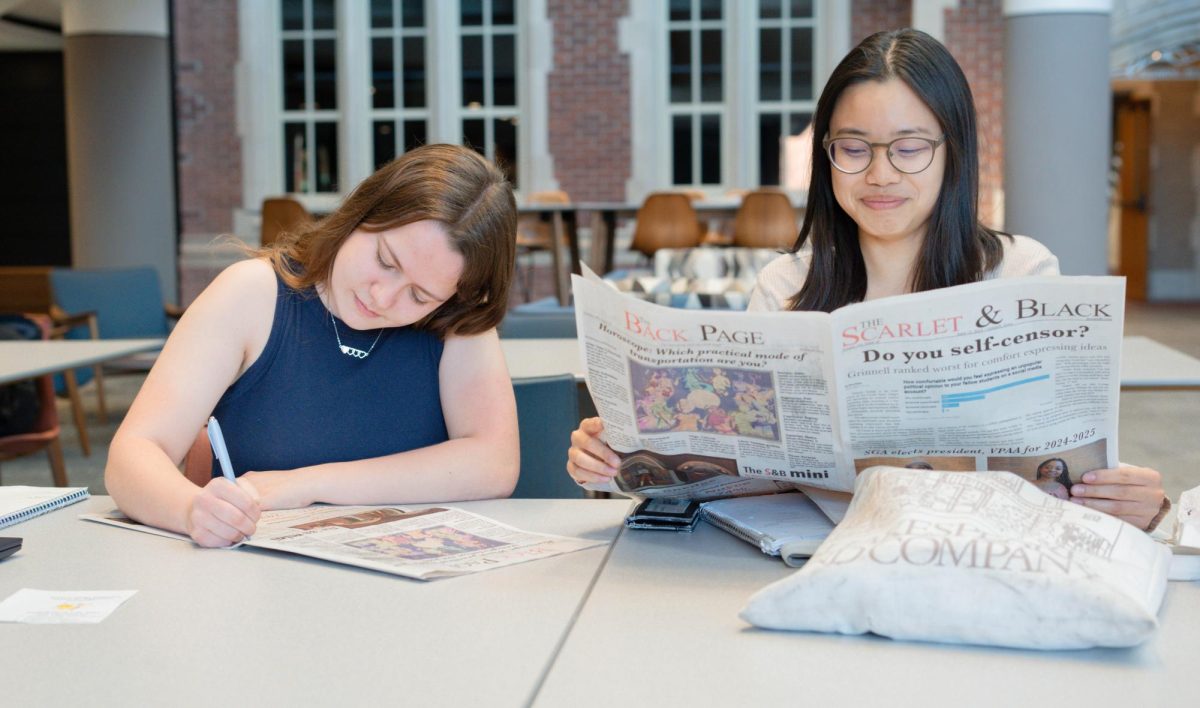
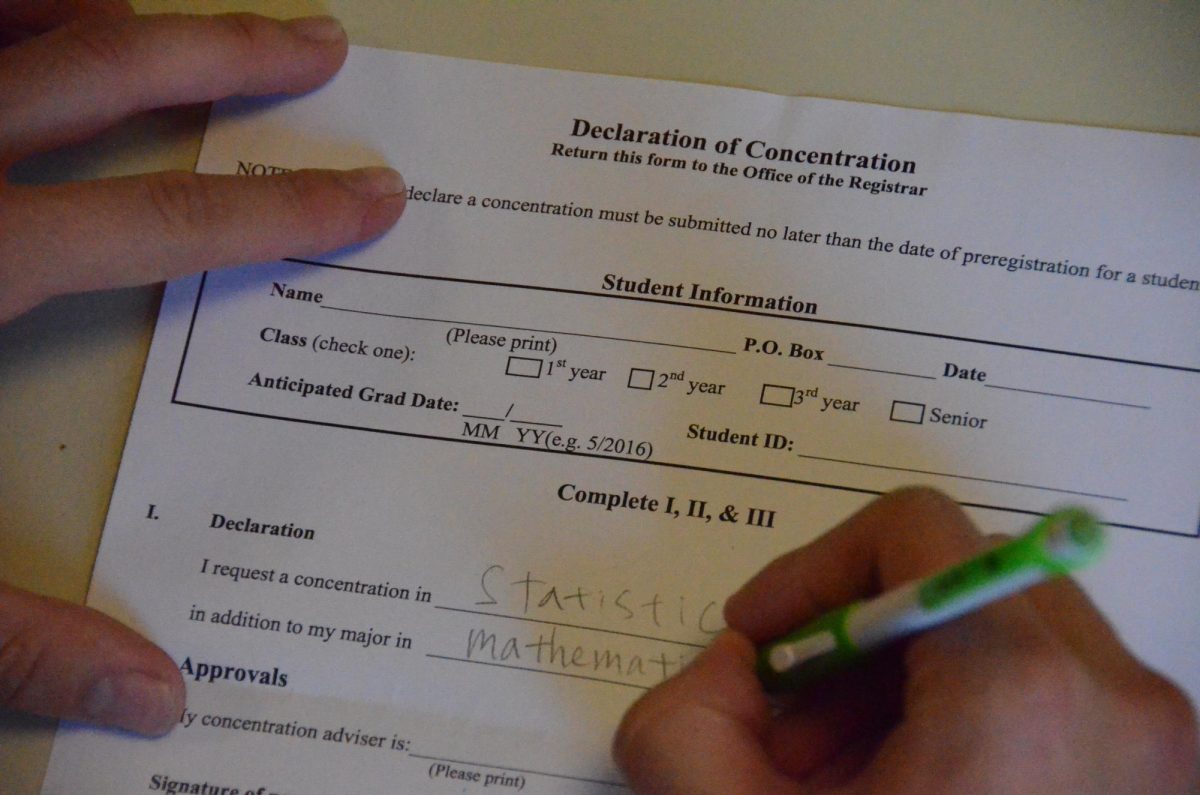

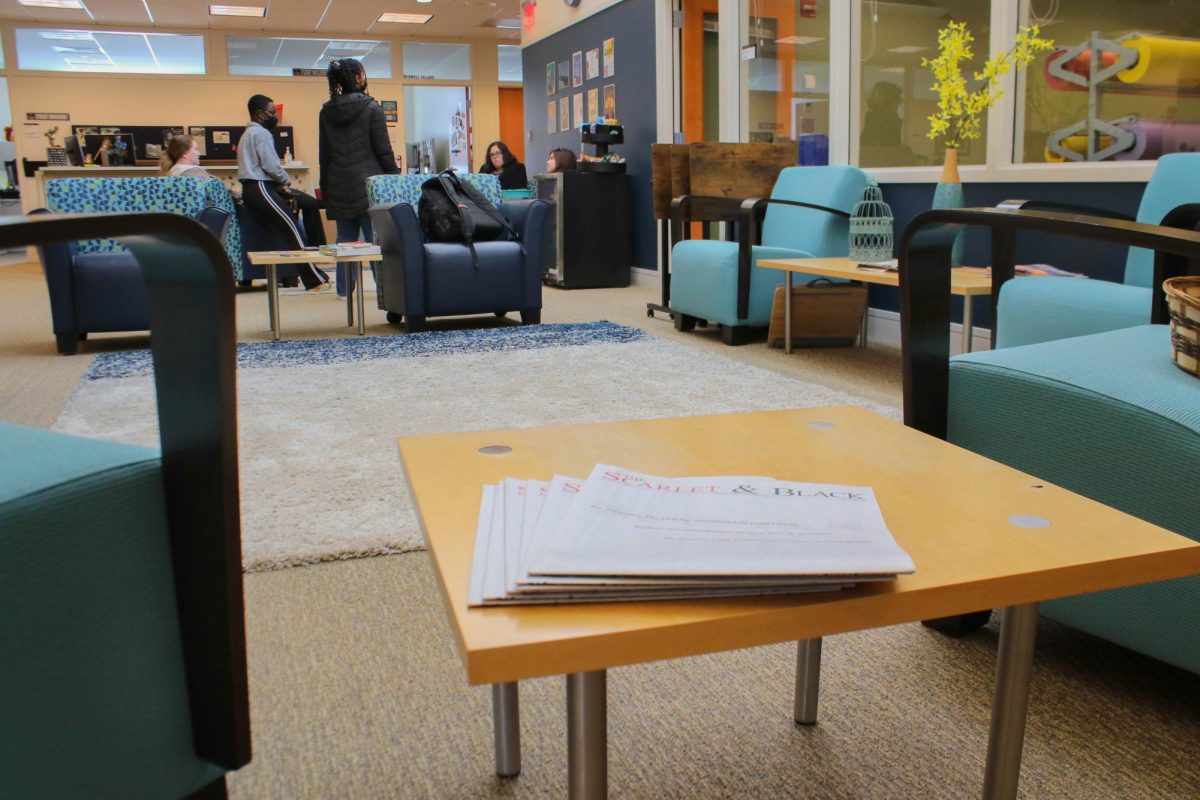
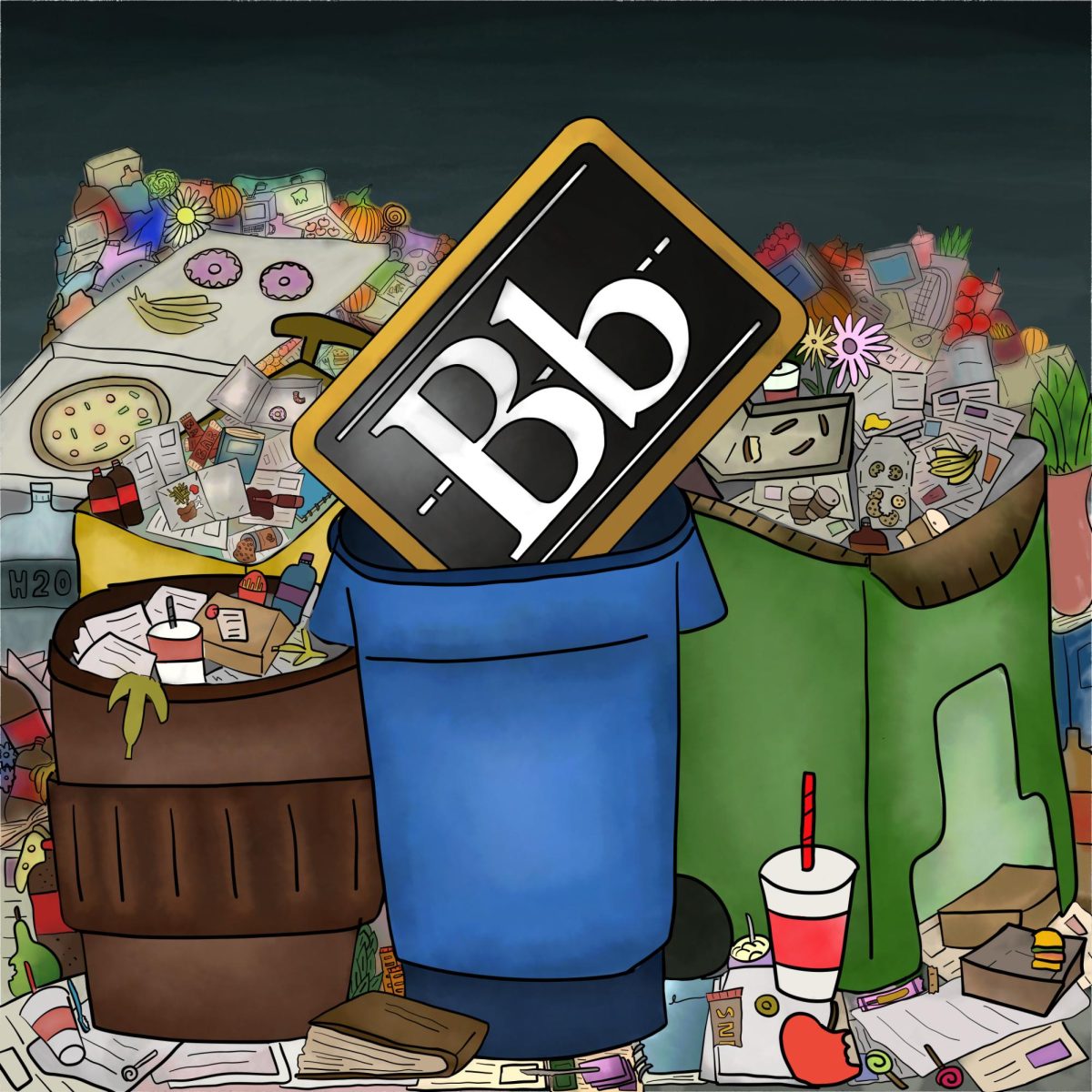
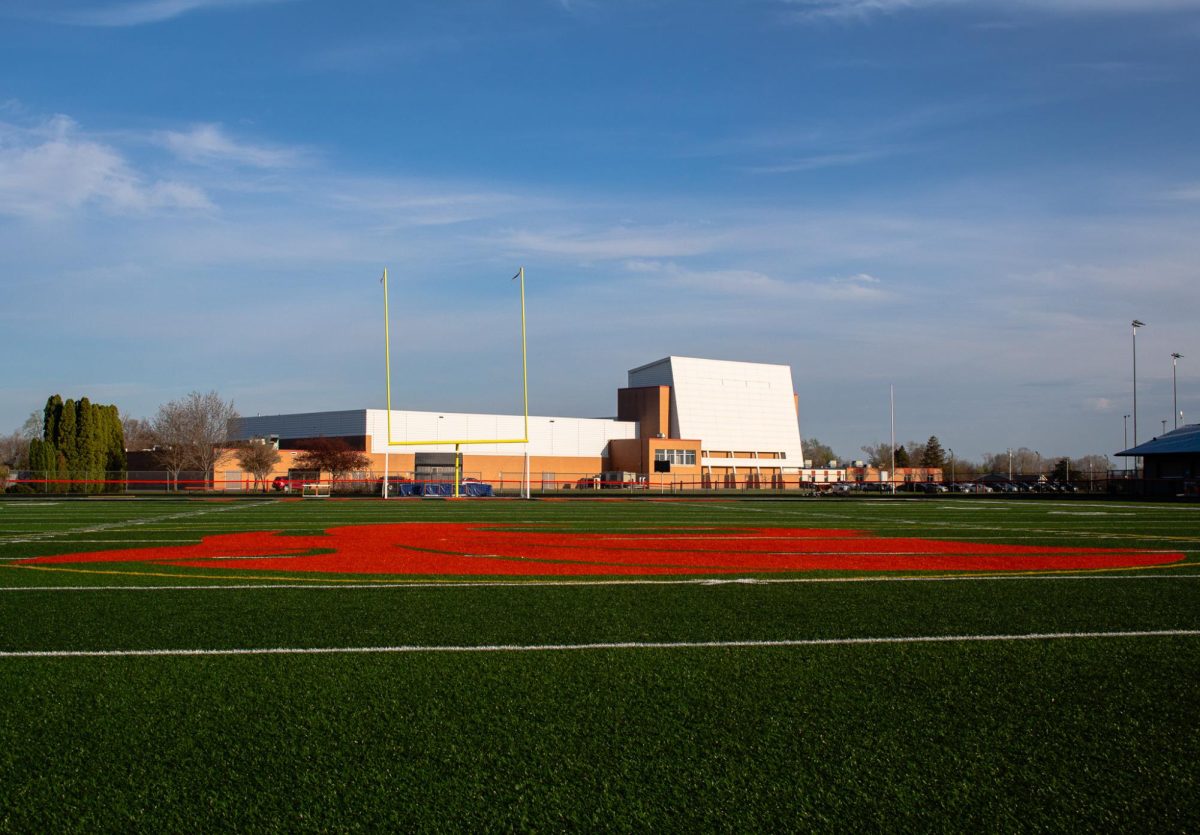

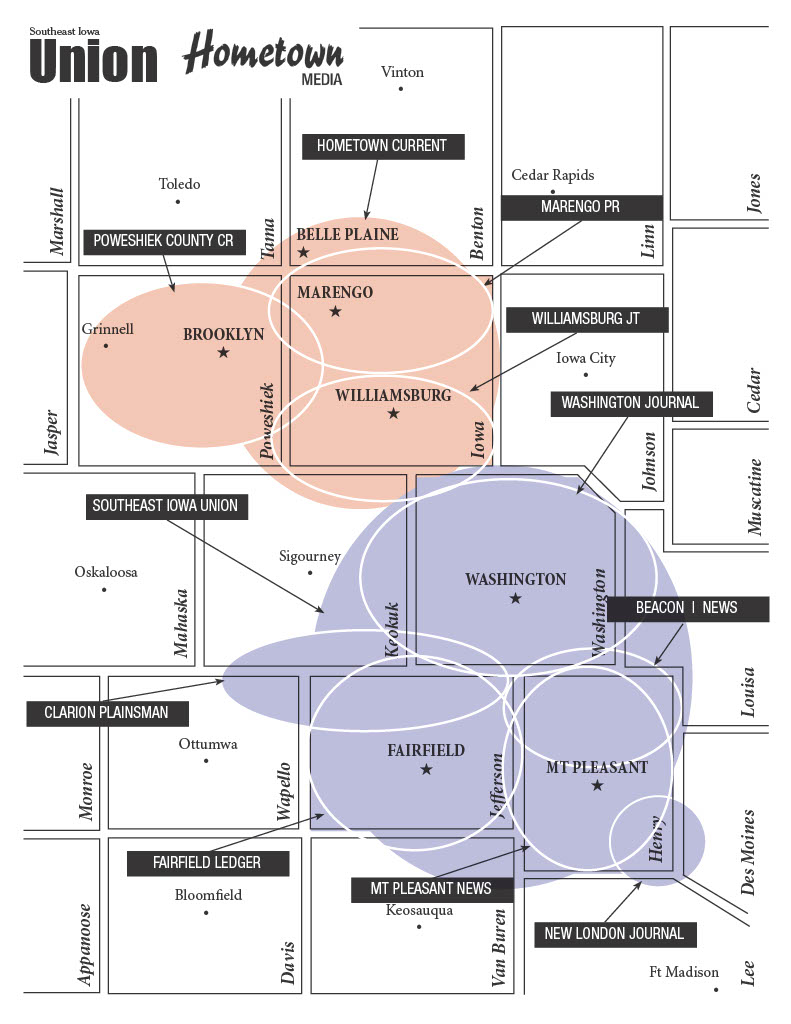
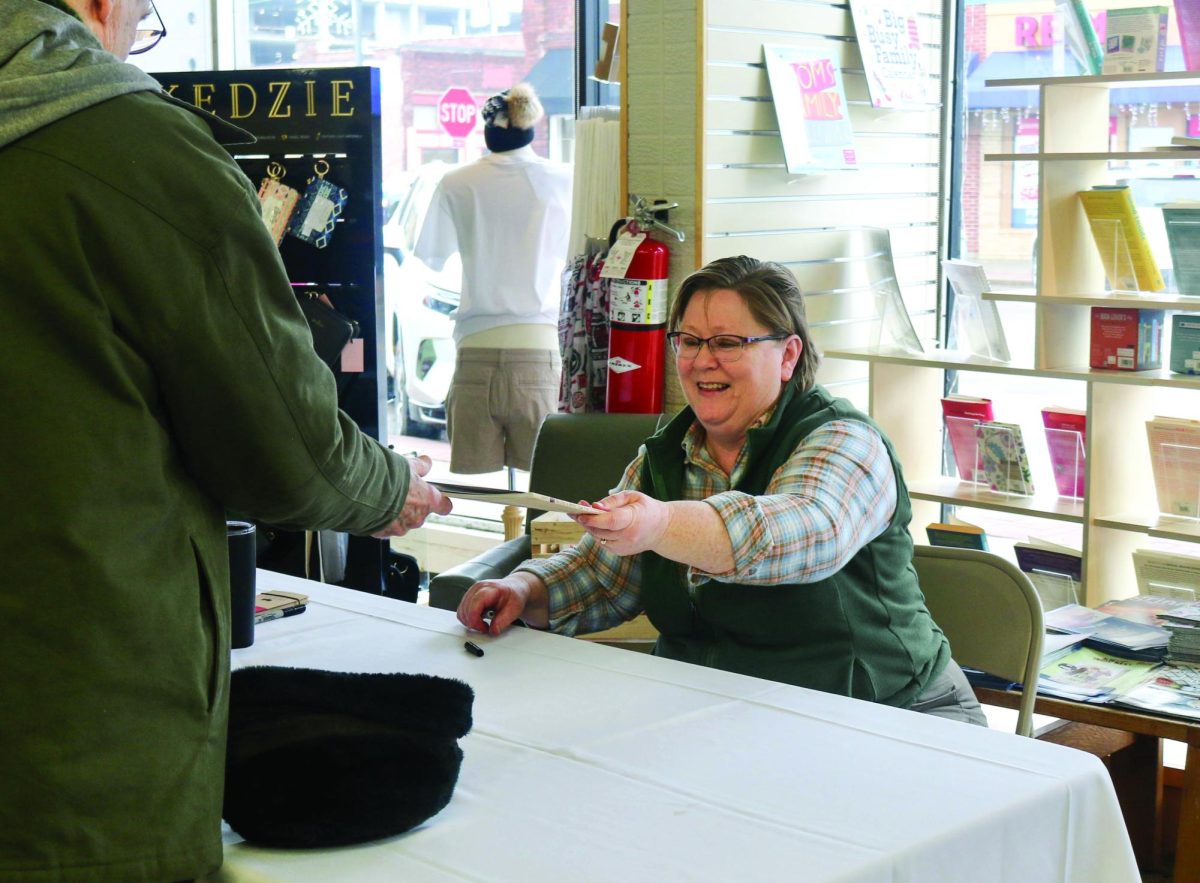
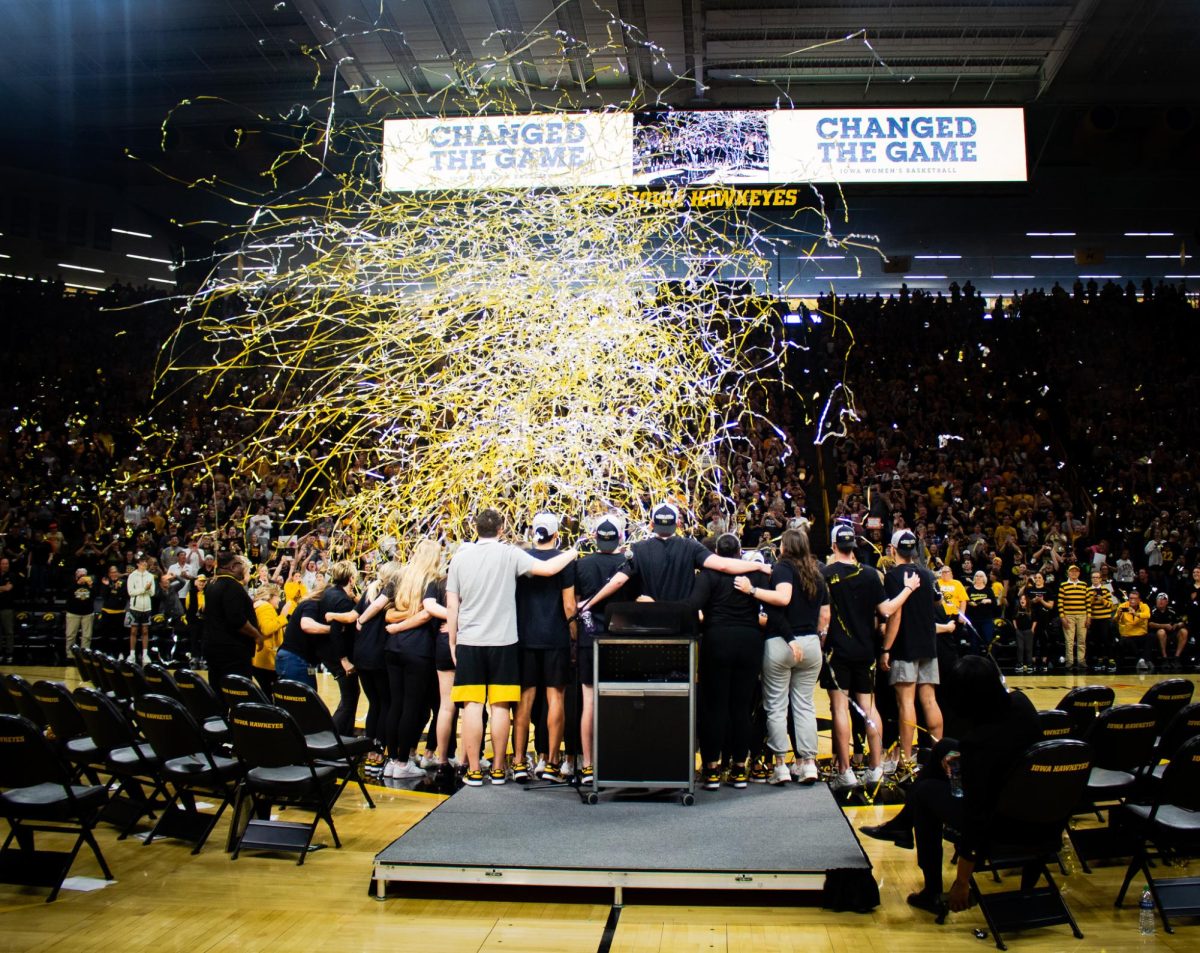
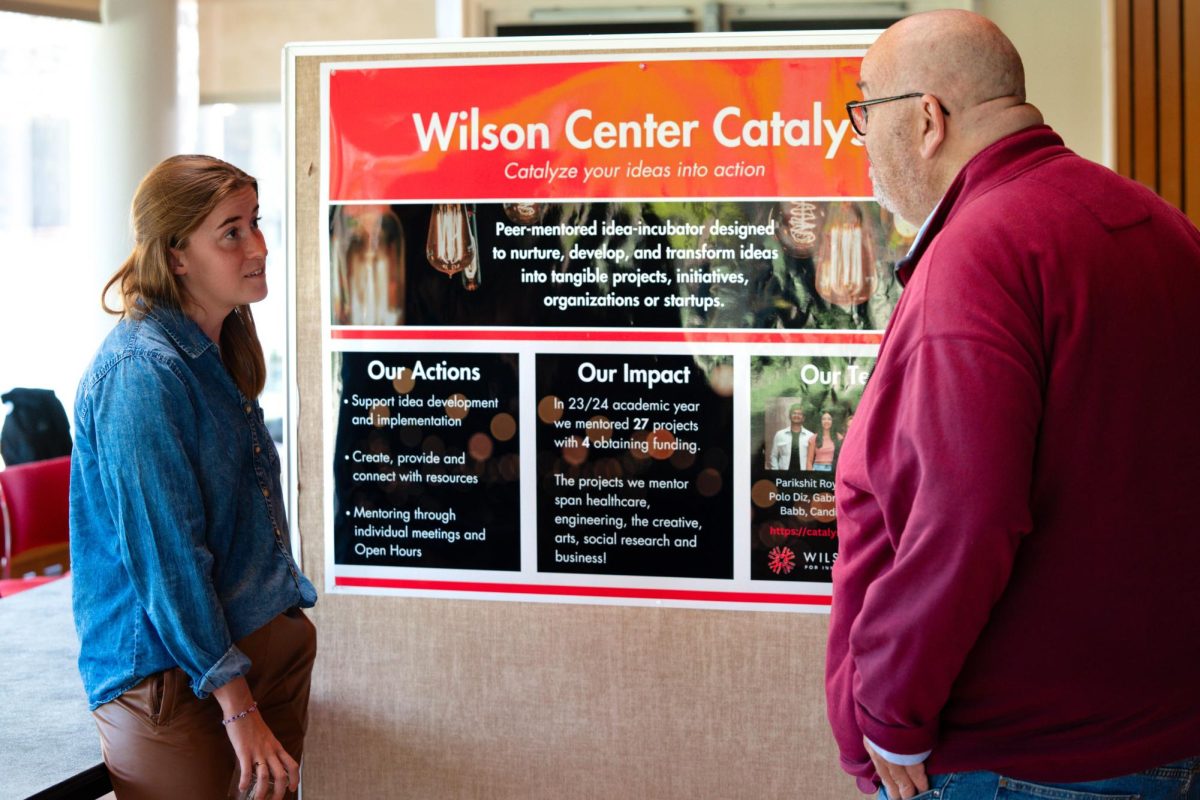
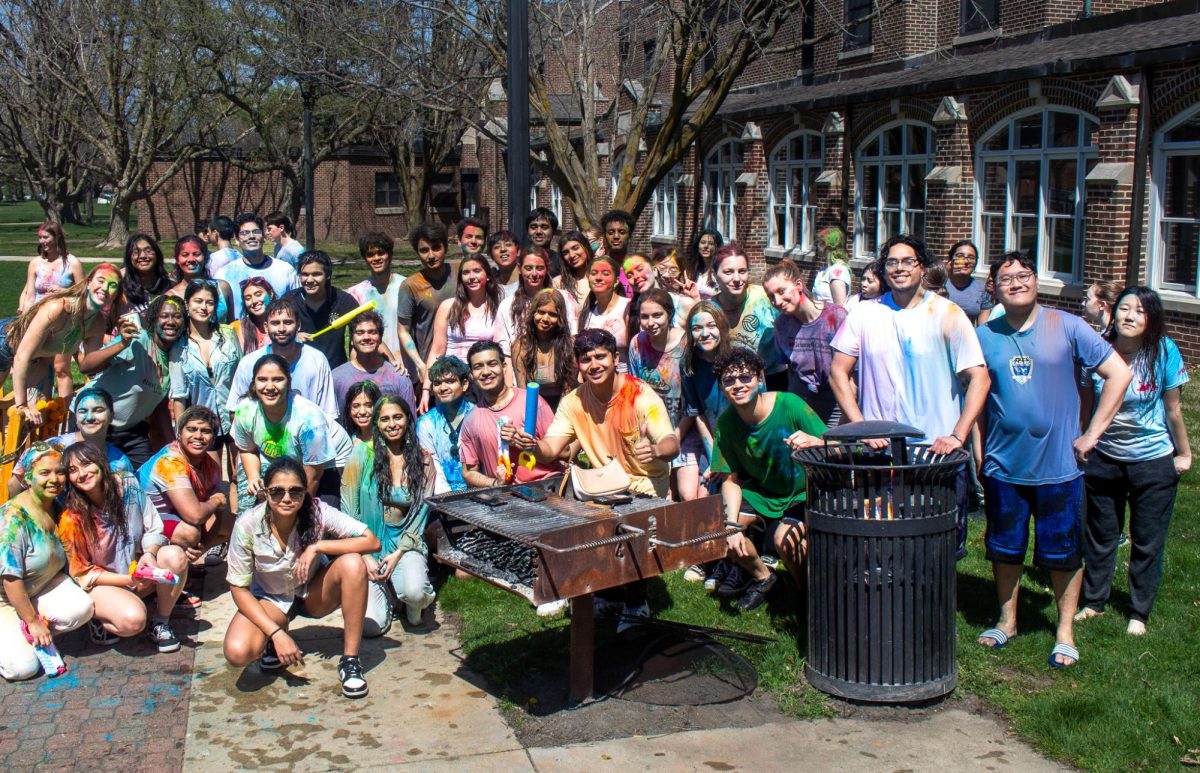
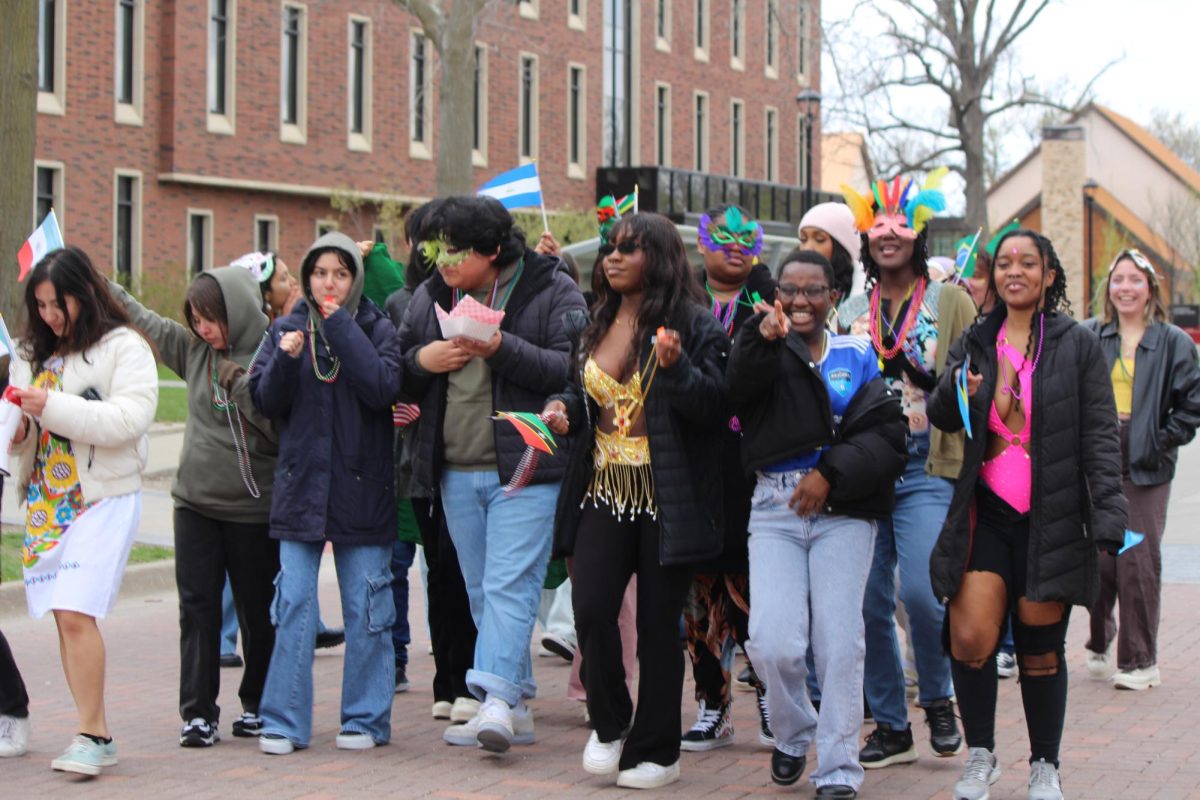
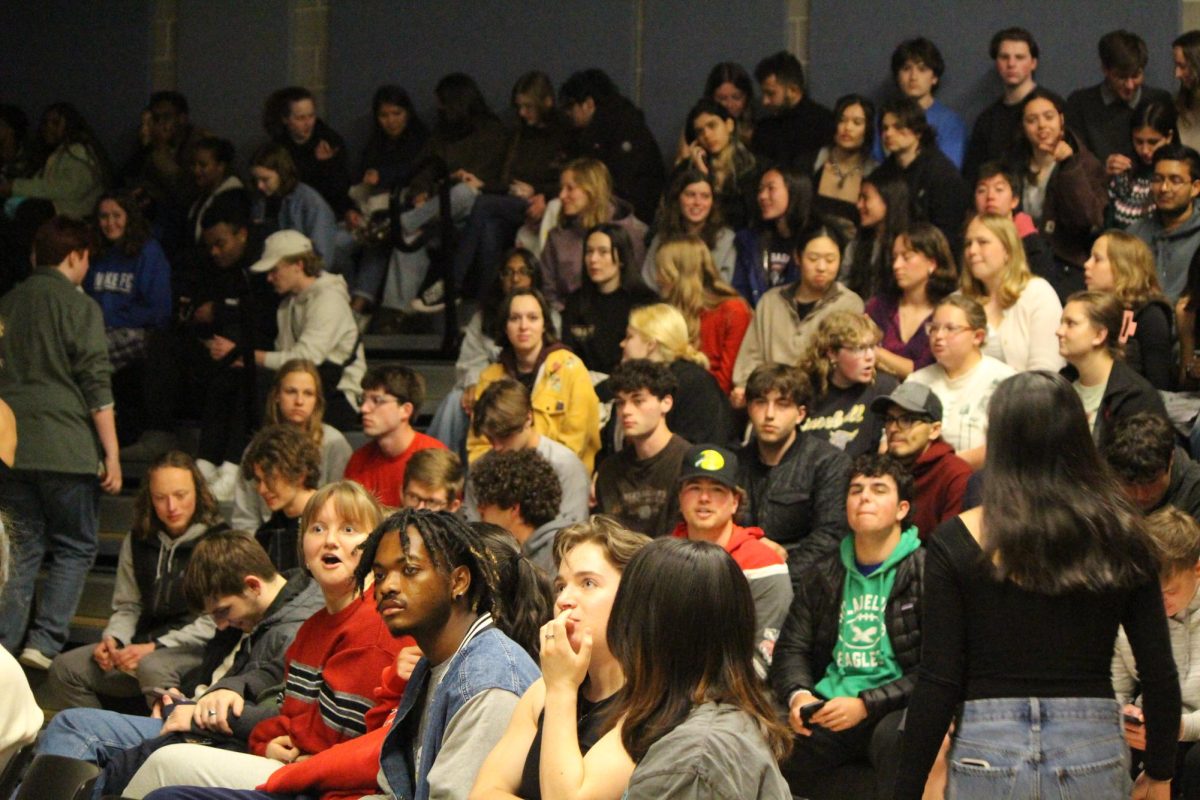
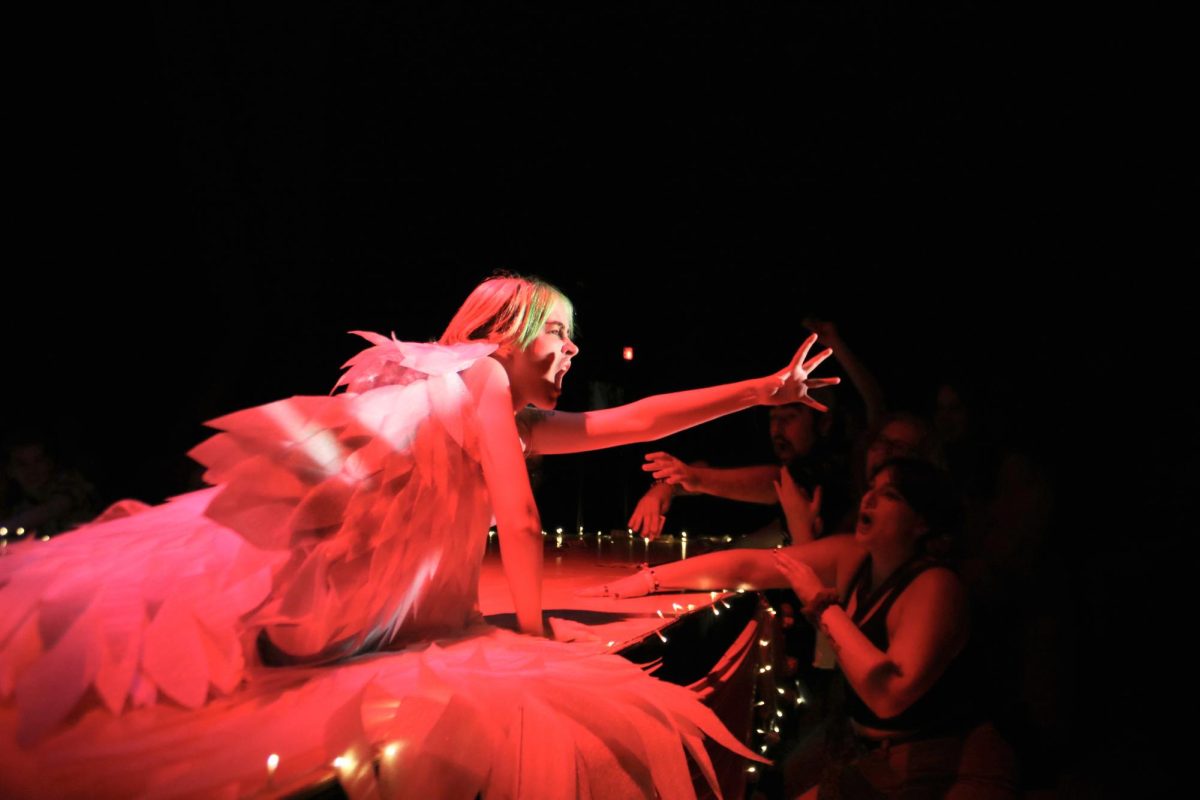
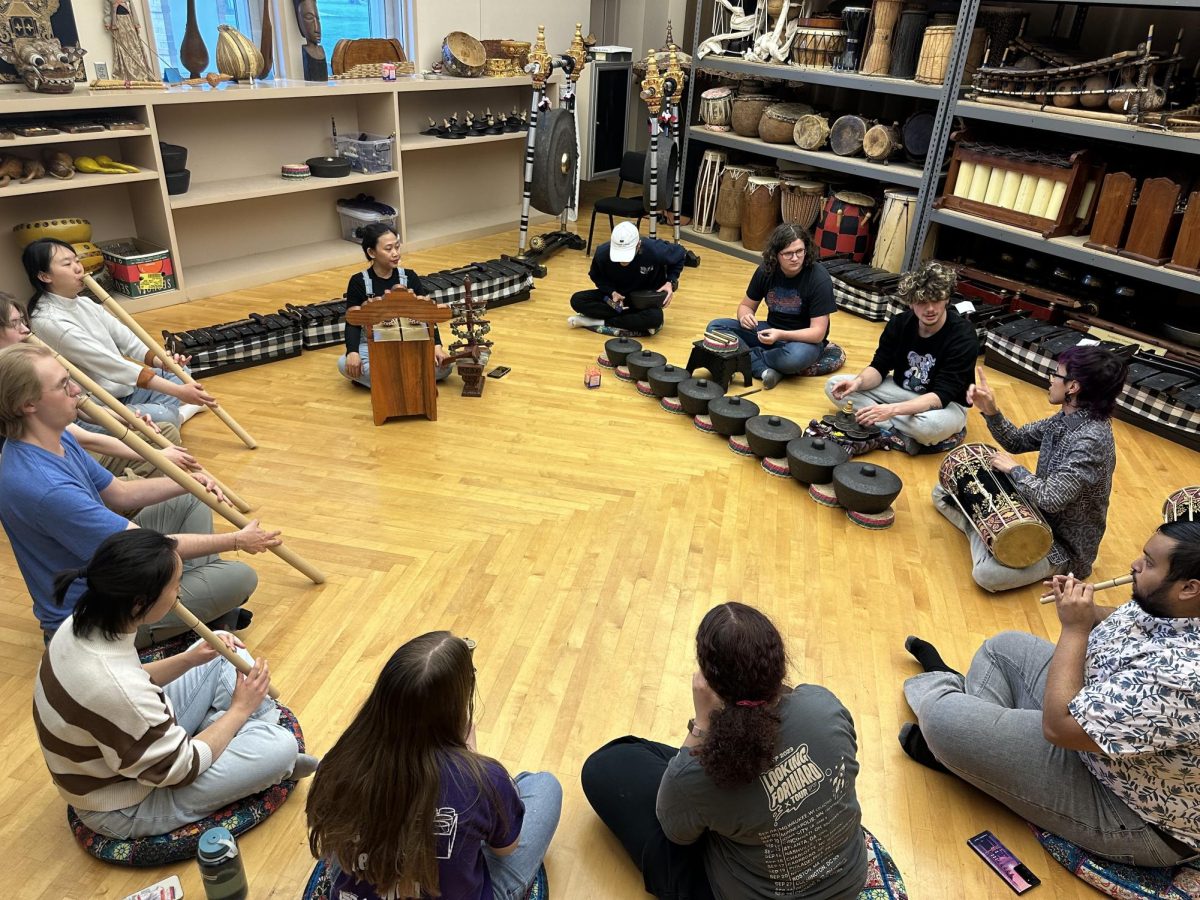
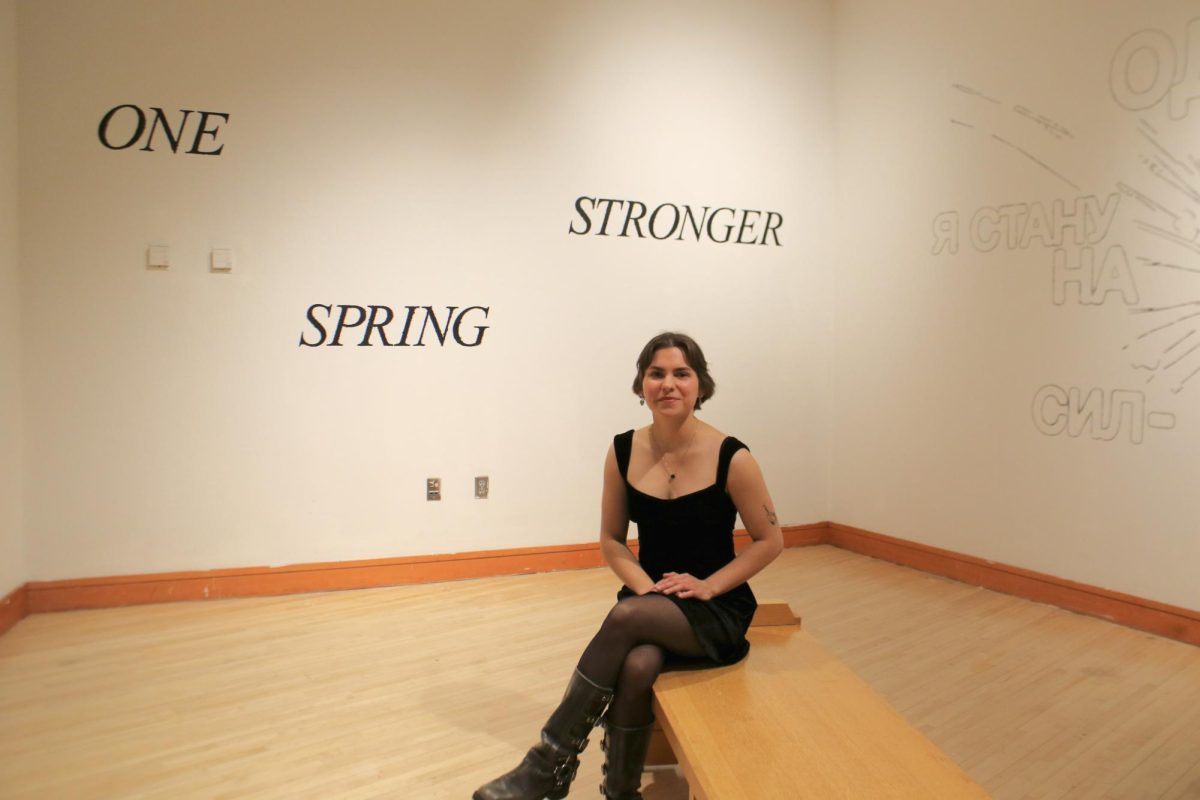
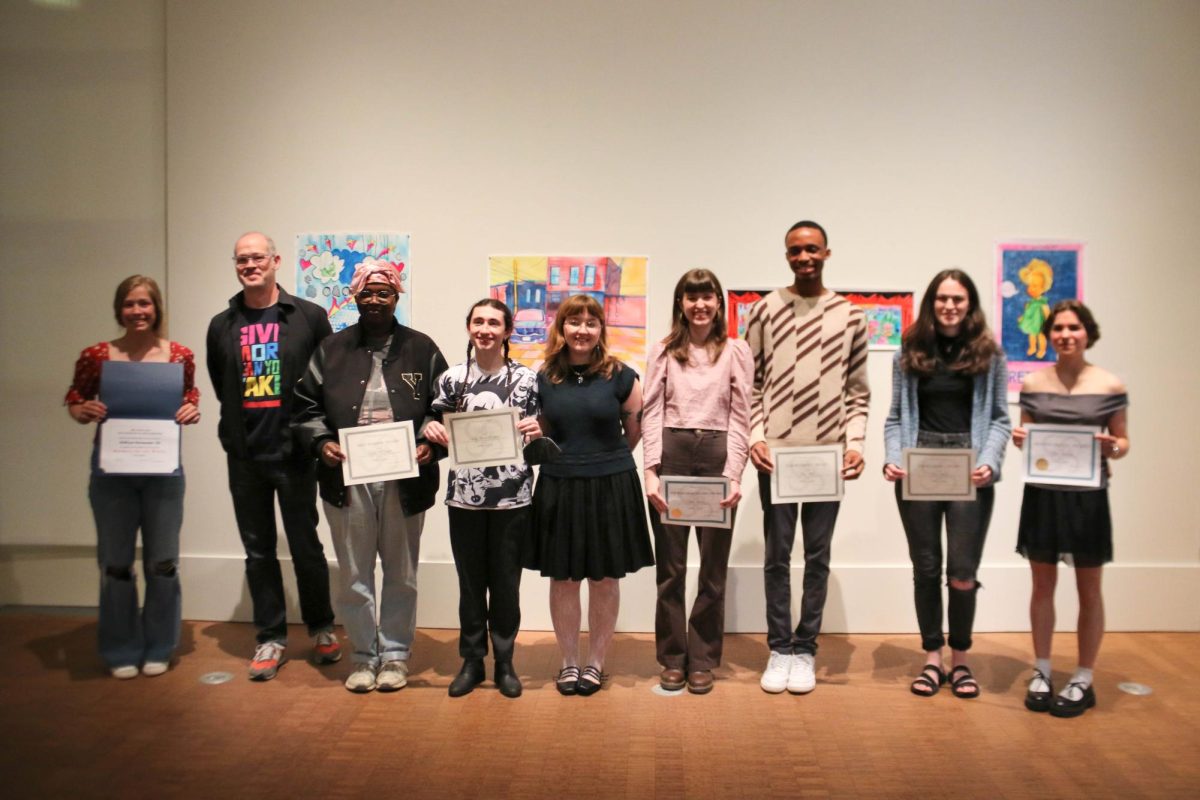

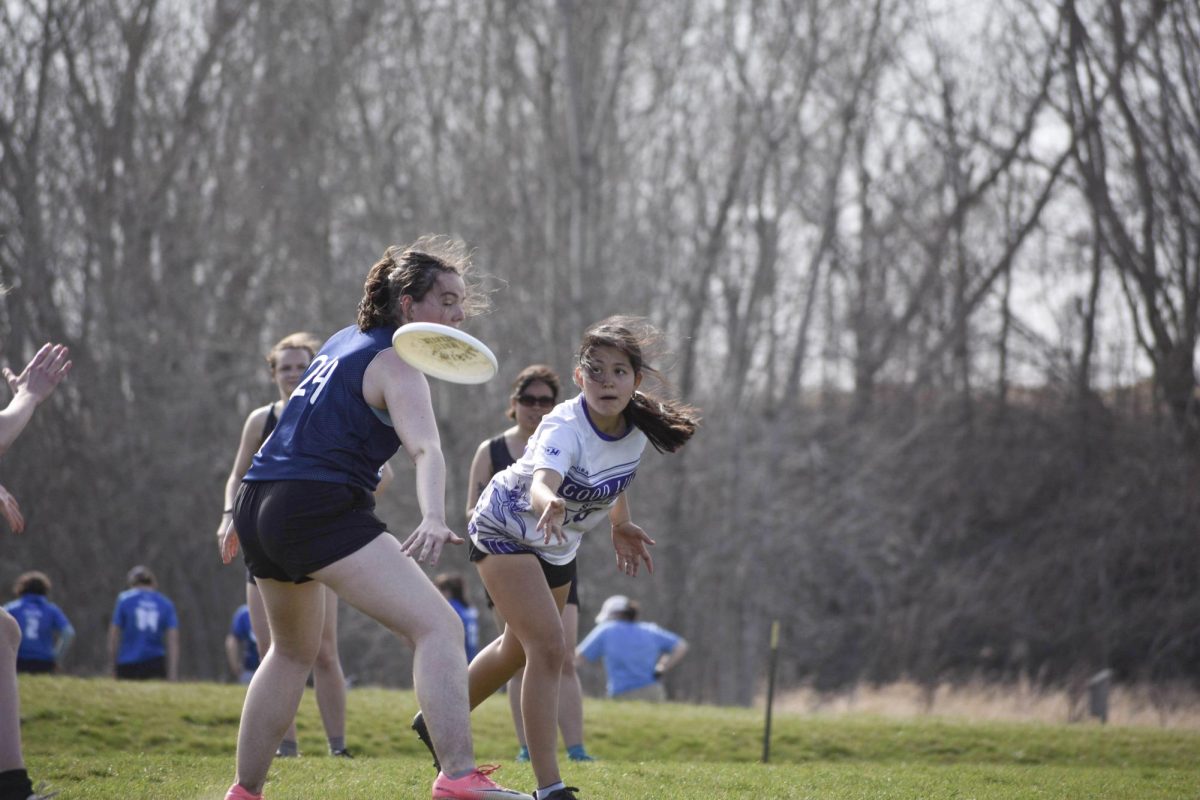
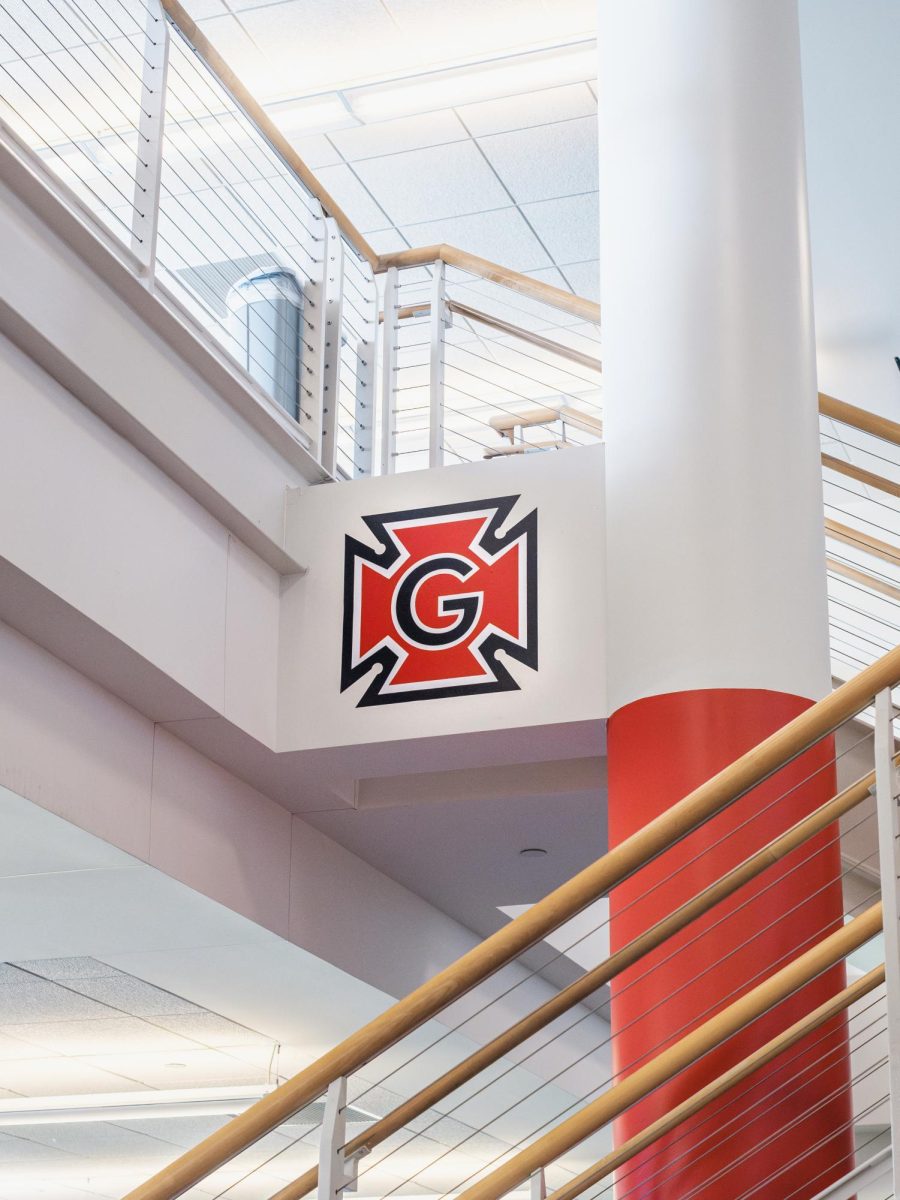
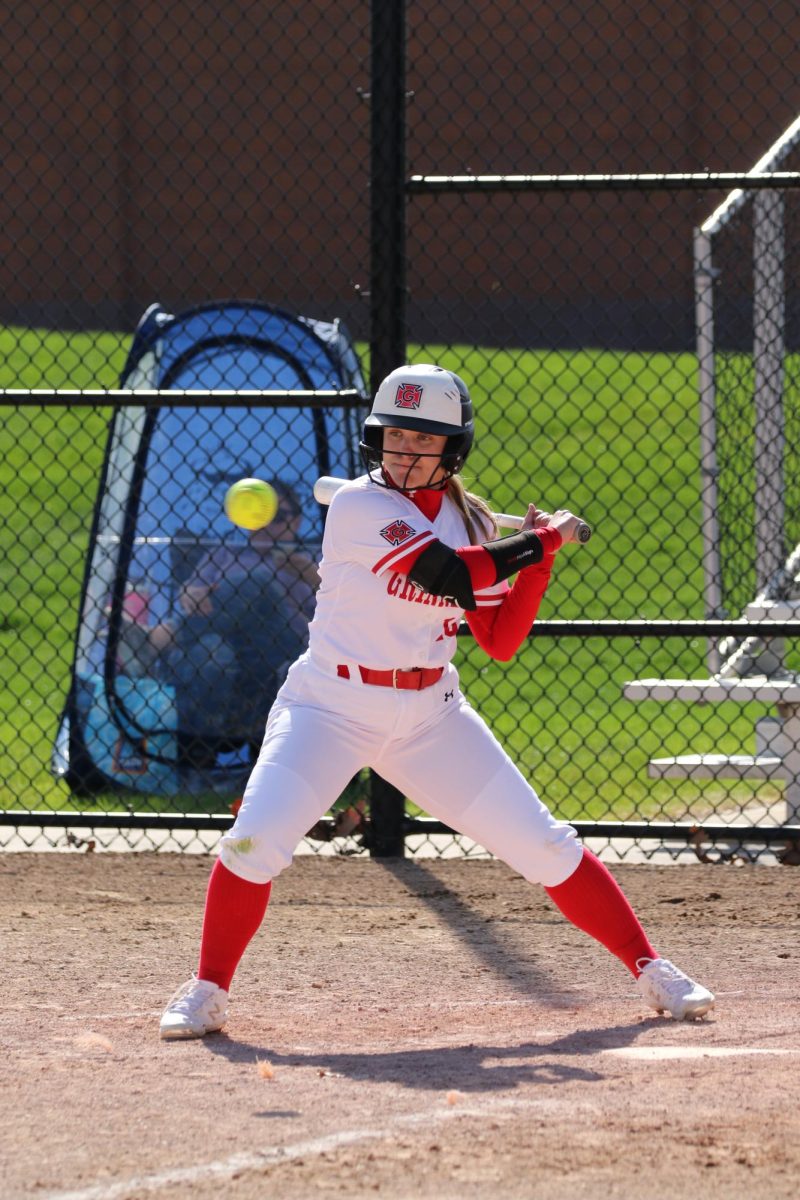
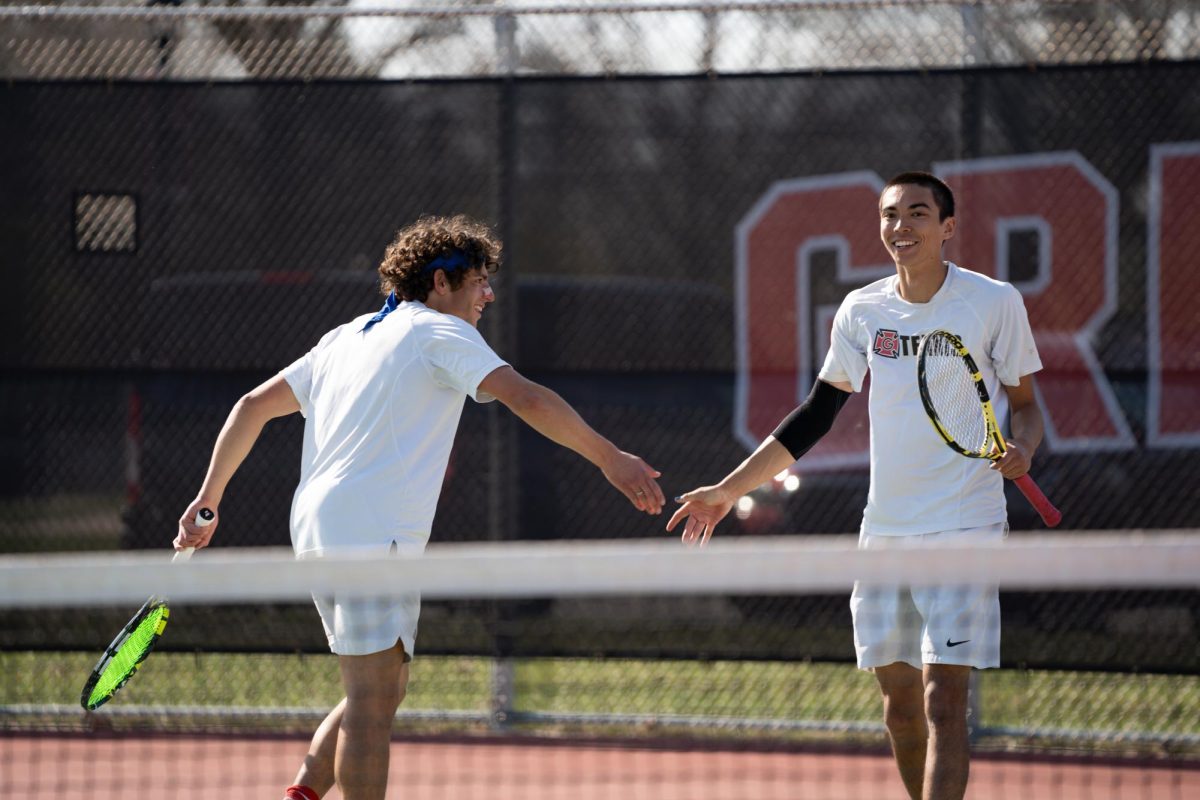


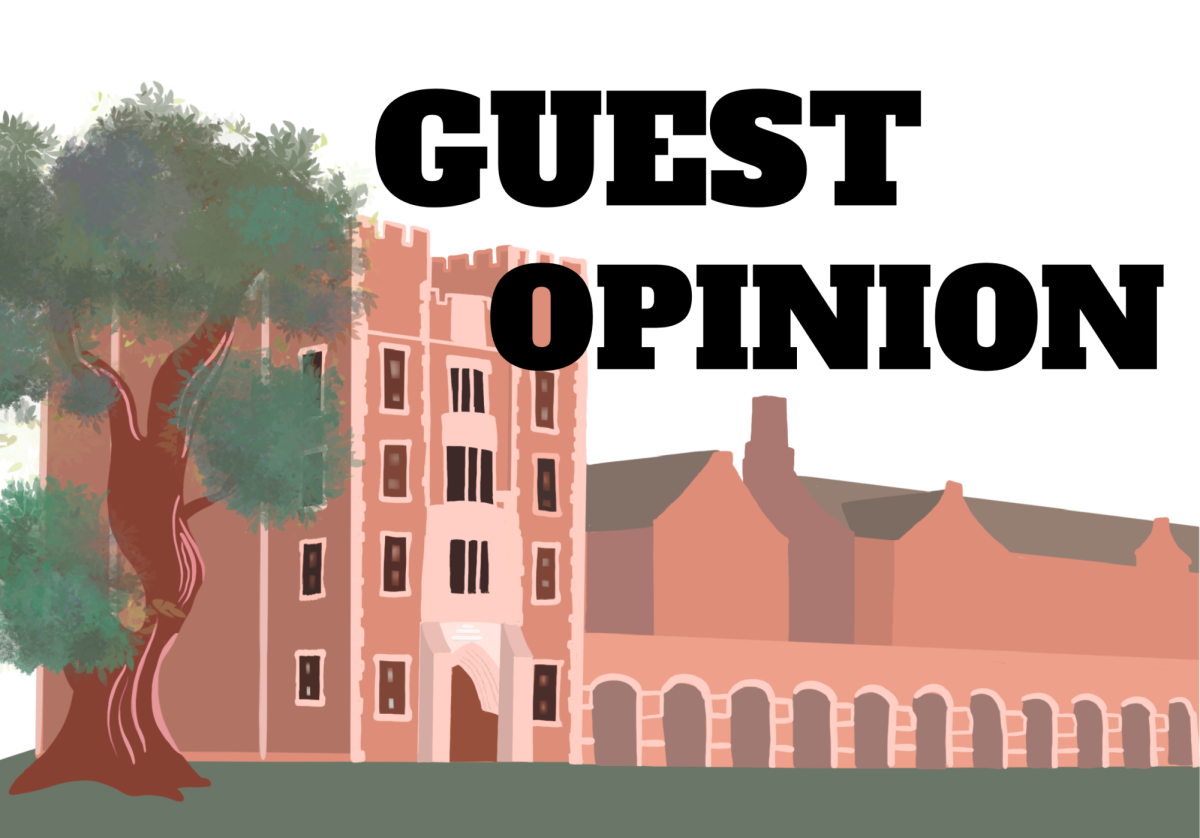
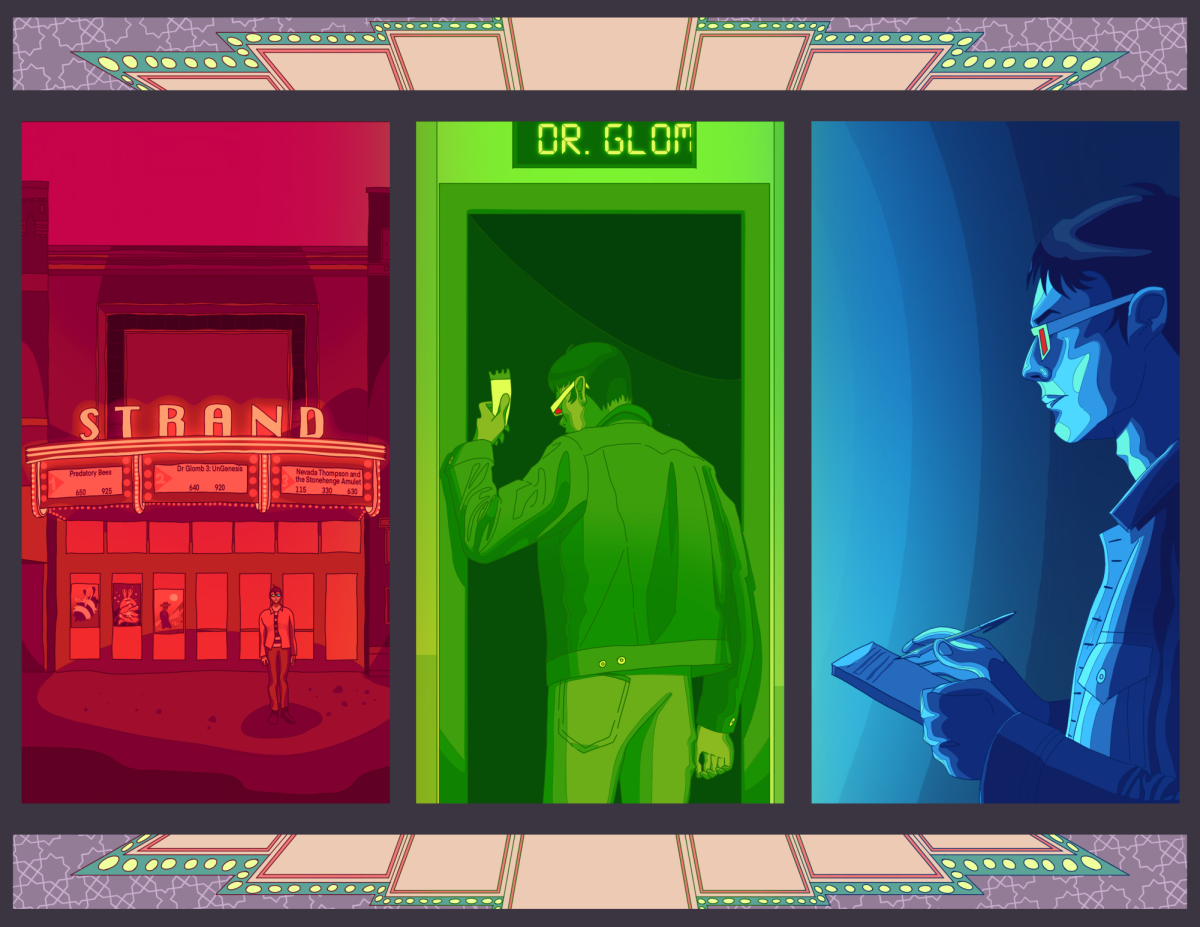

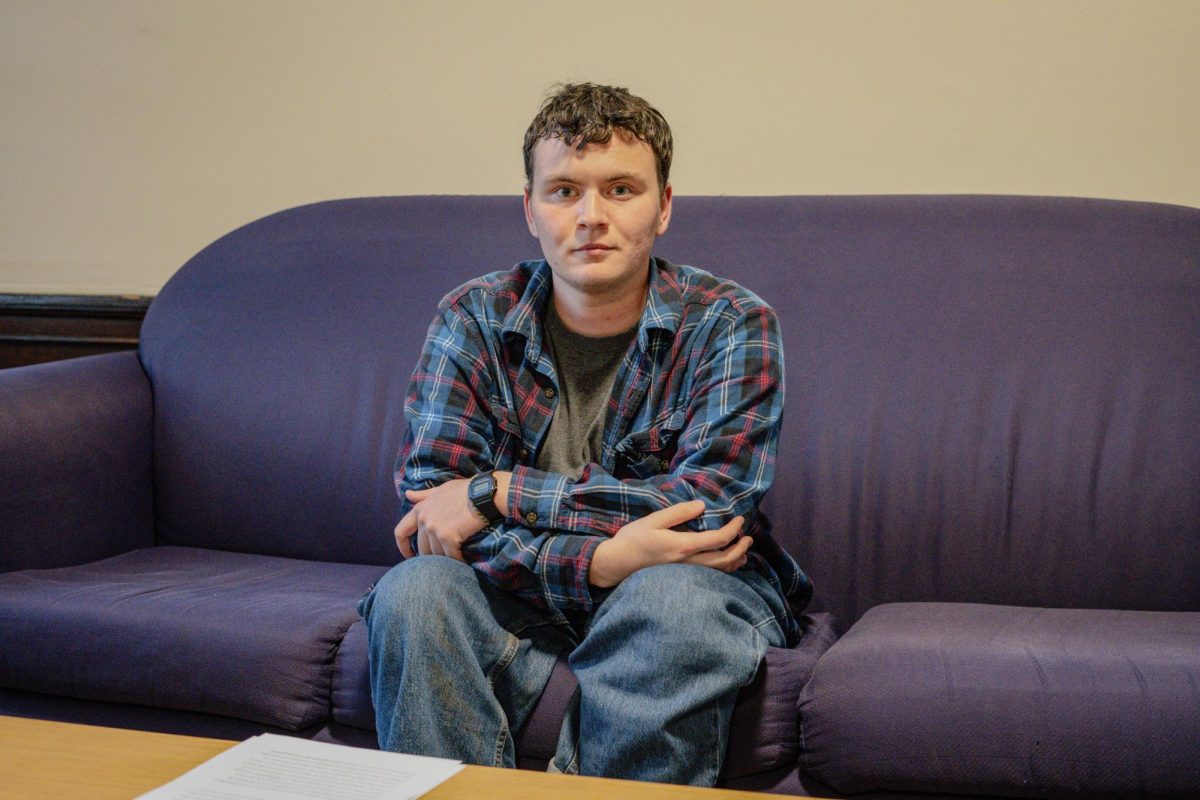







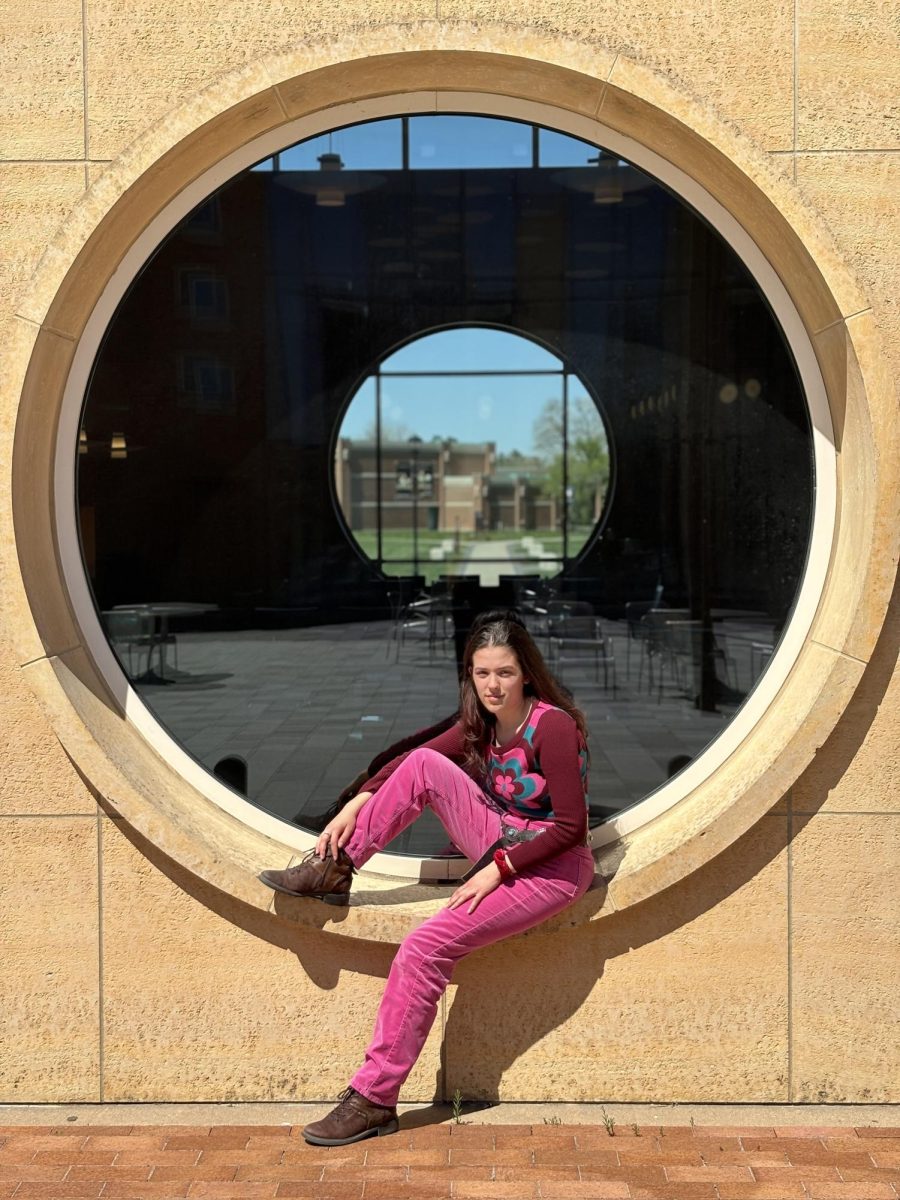
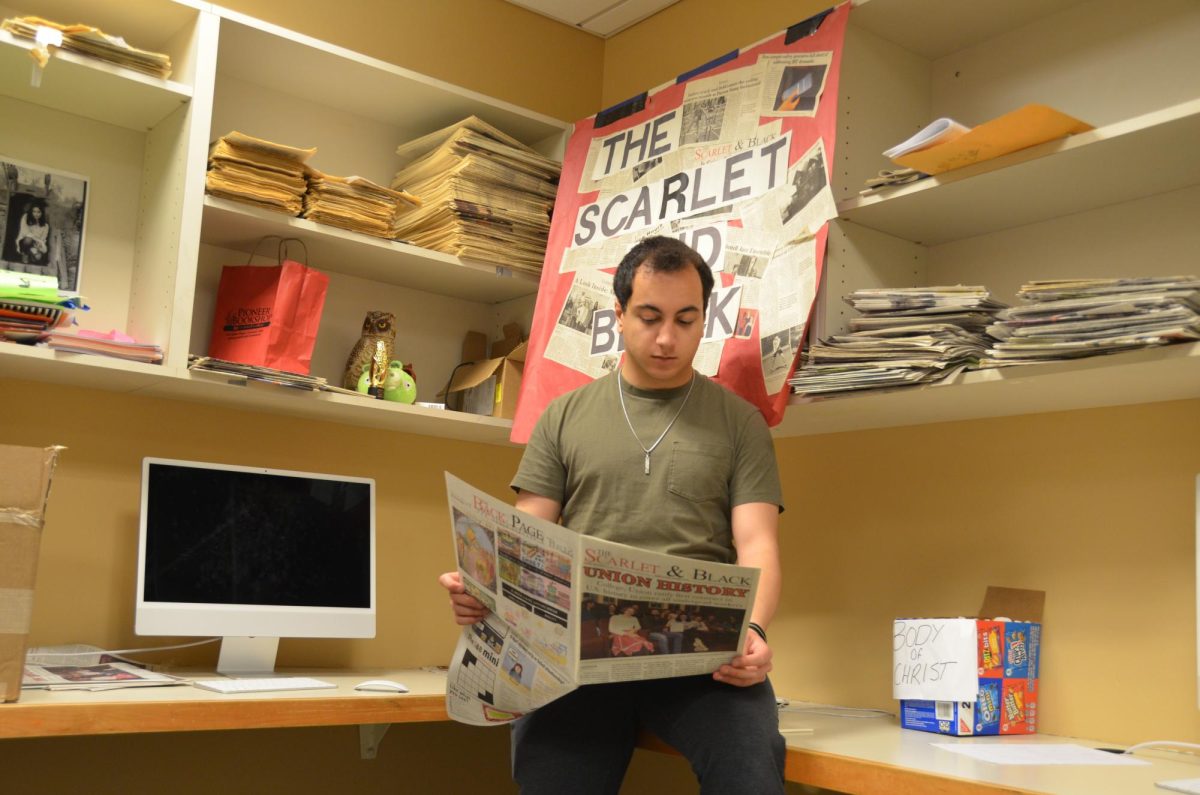



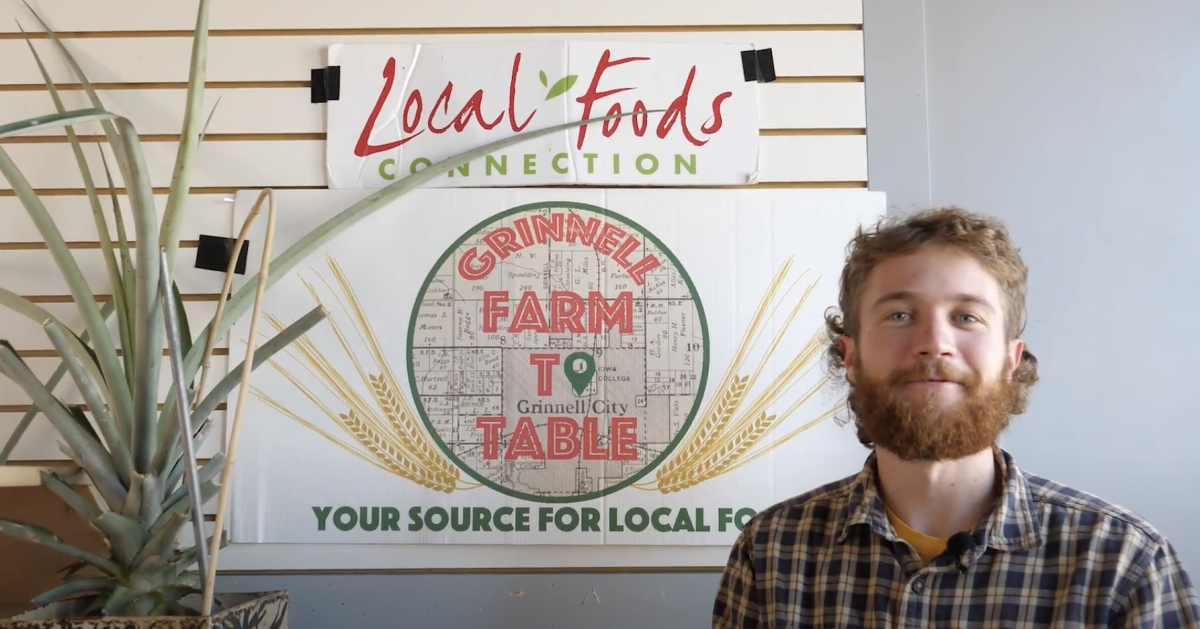
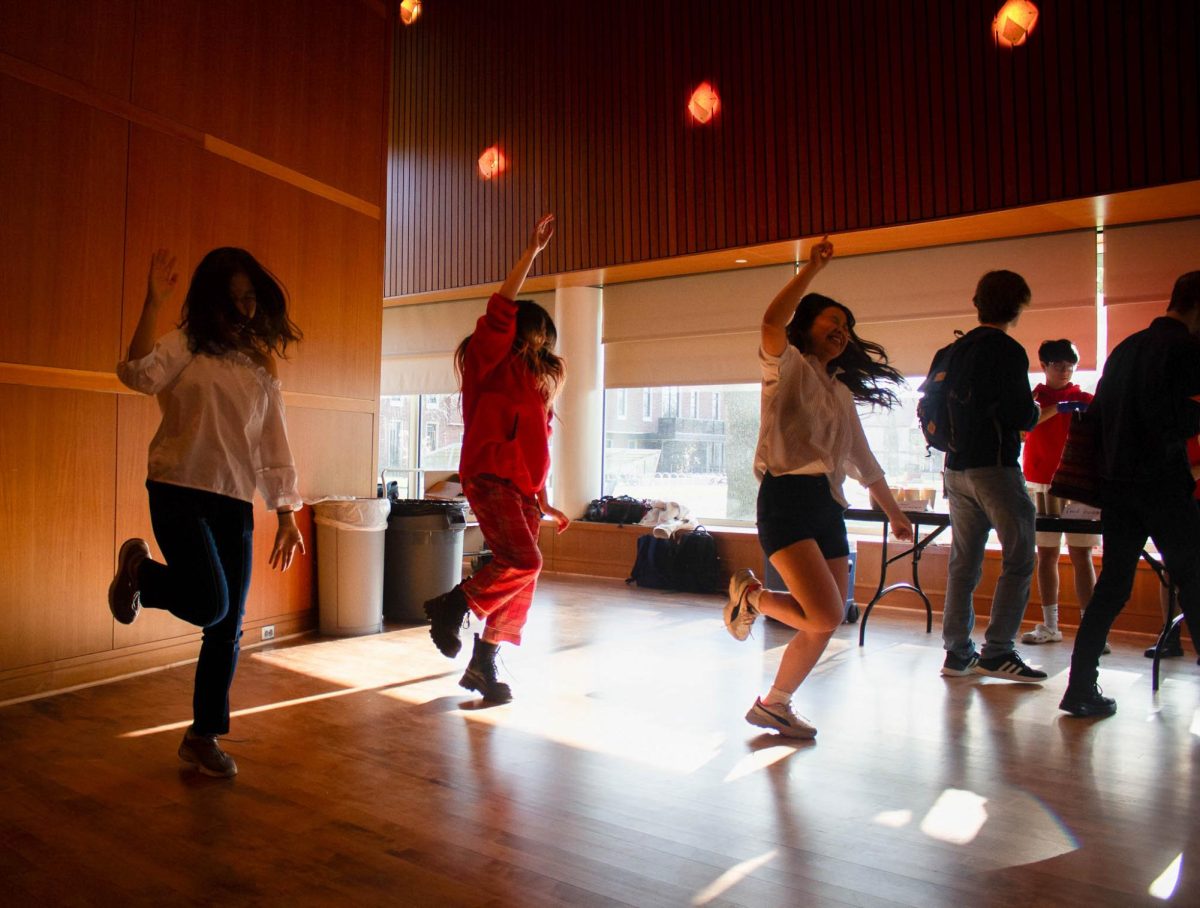
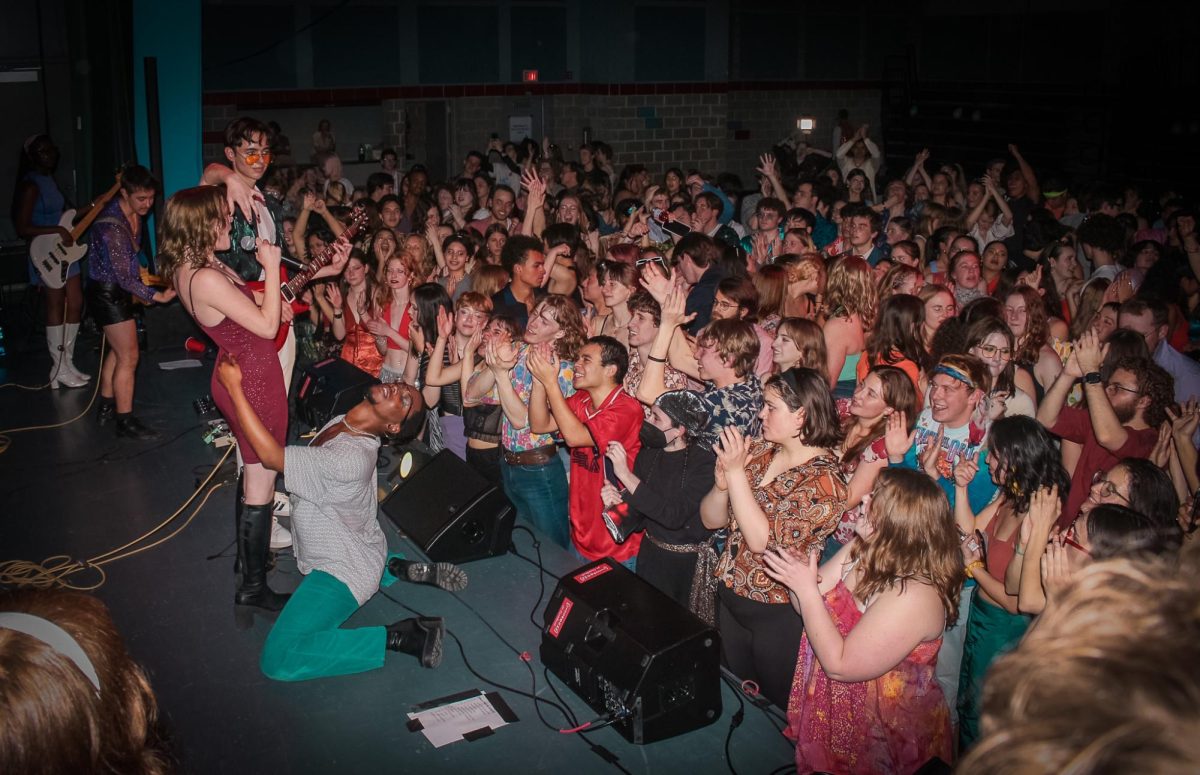
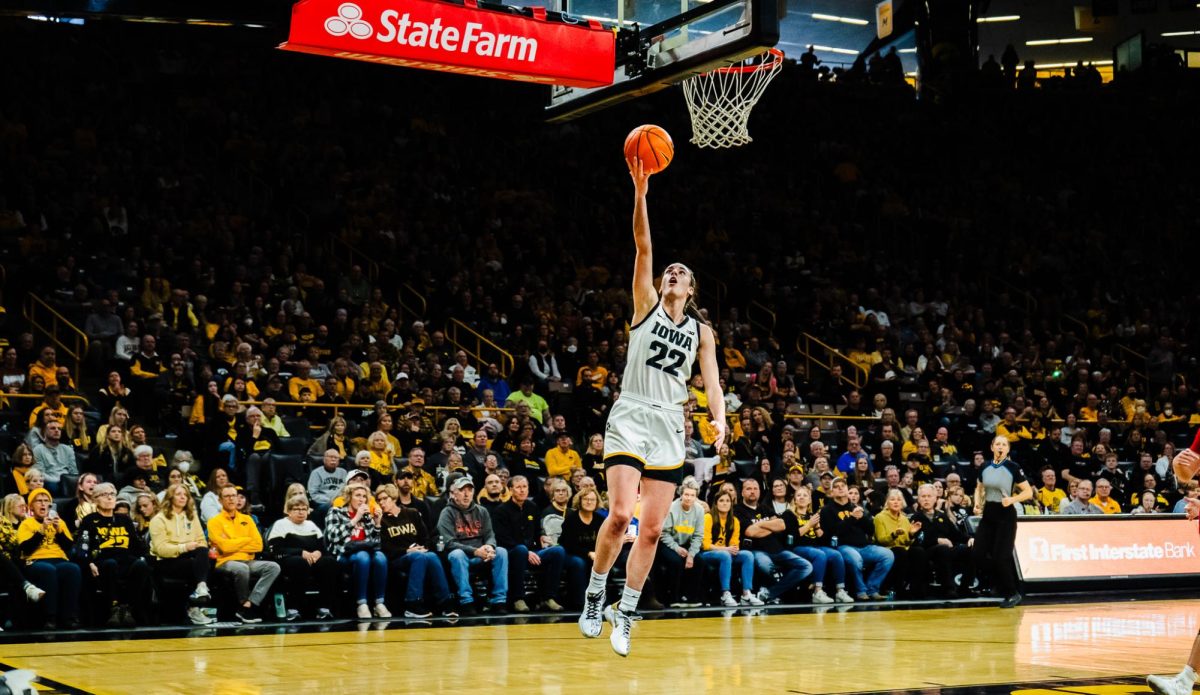
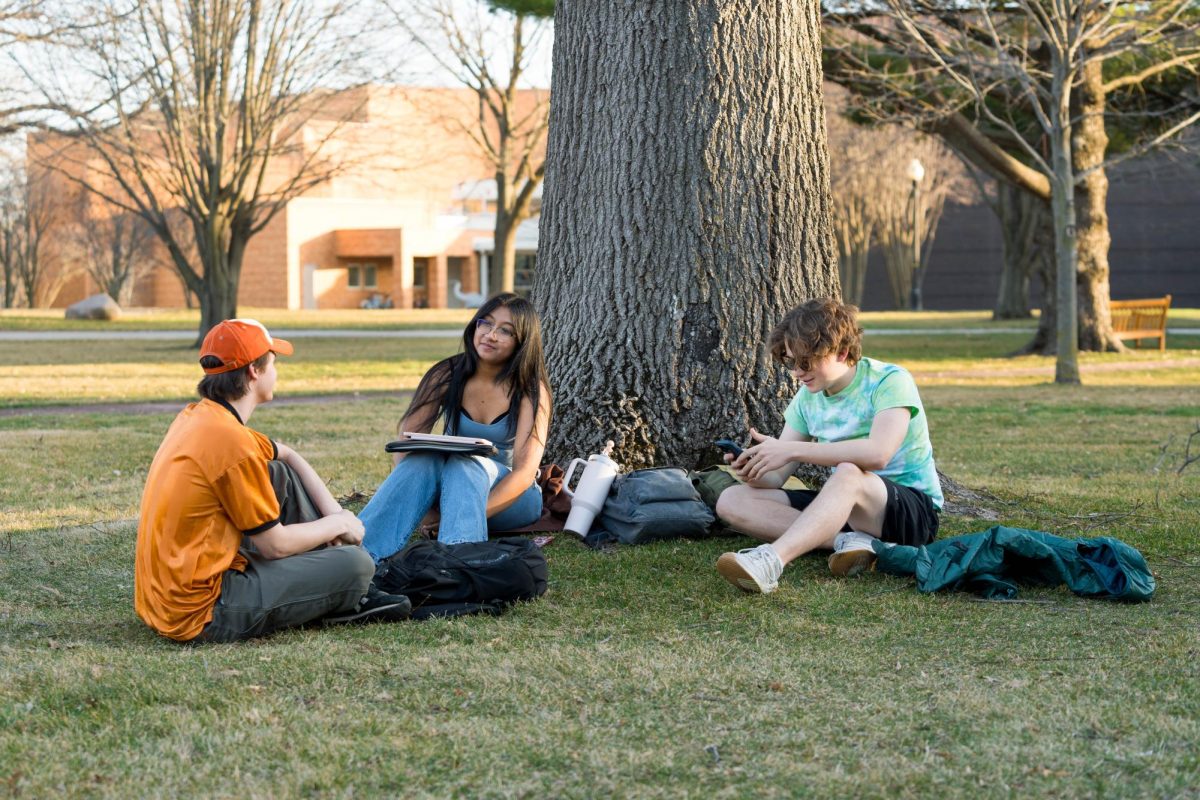
Carl • Nov 21, 2014 at 7:37 pm
Thanks for pointing out other ways that the college financially supports programs in the Grinnell community.
You say that students should be donating more of their time and money into enhancing the community, but one of the points made in the letter is that students already are, or have interest in, working in the community but the administration is not supporting their efforts and intentions. An important difference between the programs you list and community meal or tutoring in schools is that one simply gives money and the other gives money to facilitate student-town interaction. Of course both are important. But with a comparatively small amount of funding (how much will the new building in the “dead-zone” cost?), the administration could support students who are already or otherwise interested in engaging with the town. Giving money to SJAG to ensure that community meal can occur every week is an obvious example. So is providing a daily shuttle to public schools for students to volunteer.
I think the most important part of this entire discussion is the way that the administration is framing community-town relations to fit their re-branding project. It’s great that the college gives money to Galaxy Inc., the Drake Library and others—but the fact that this isn’t common knowledge speaks to the way the administration ignores these programs to tout instead projects that fit their larger goal of enhancing Grinnell College’s national reputation. President Kington didn’t boast about any of these programs during his city council address because they are extraneous to the strategic plan and Crane’s recommendations.
BW • Nov 21, 2014 at 5:21 pm
I definitely agree with the crux of this piece. However, I might add that the college actually already does a lot of the kind of outreach that the author calls for, but many students aren’t always aware of it. I would suggest checking out the college’s Office of Community Enhancement and Engagement (http://www.grinnell.edu/about/offices-services/community-enhancement), which coordinates these efforts. Through the office, the college gives thousands of dollars each year (in micro grants and mini grants) to the community for projects that help alleviate the experience of poverty in town and improve quality of life in general. This includes money for Galaxy Inc. (this money allowed them to grow a literacy program for at risk youth), Grinnell Community Daycare (to maintain science, music, and arts curricula and for daycare trips), Drake Library (for health and safety equipment and an e-book service for community members to access), and much more. It also streamlines student and faculty/staff giving into the community so that, for example, faculty/staff can deduct money from their pay to go directly to a number of causes, including “tiger packs”.
Sure, the college can do much more to strengthen town-gown relations, but to criticize the institution’s commitment to the community without acknowledging its efforts is unfair. Maybe it’s the students who can be donating more of their time and money into enhancing the community, rather than putting it off for the college.